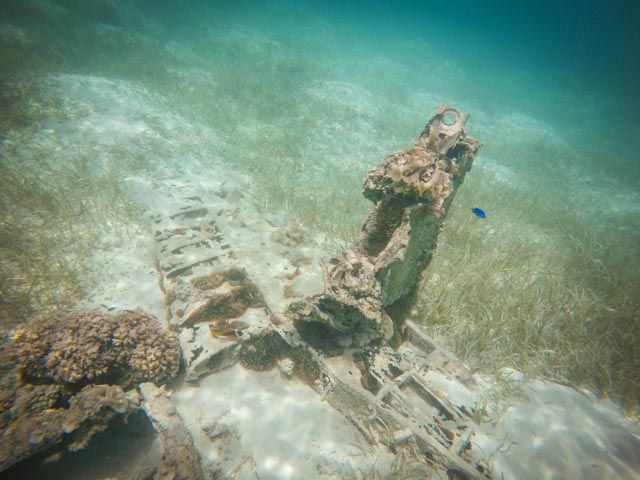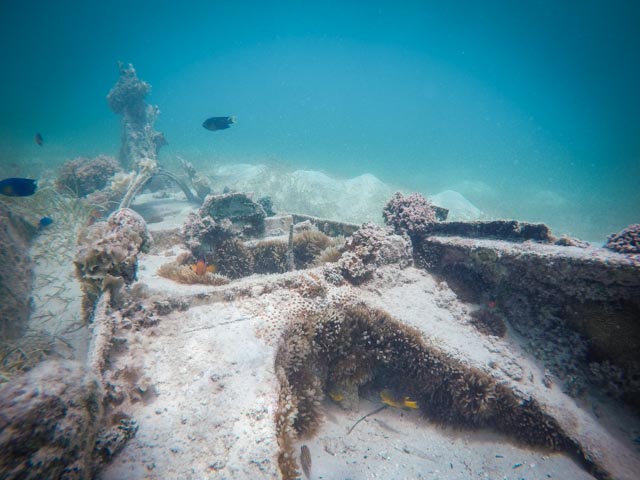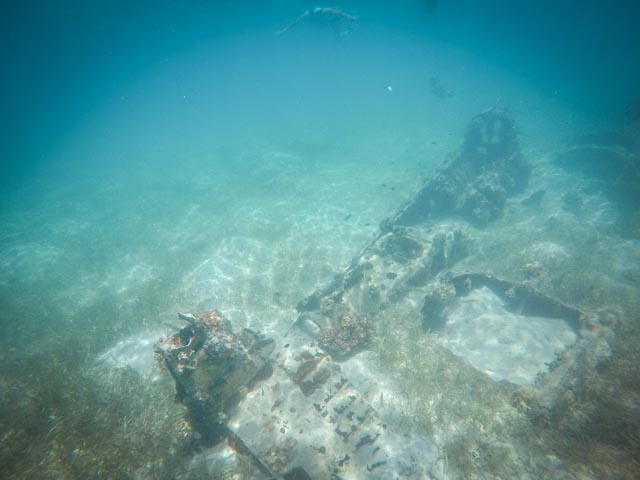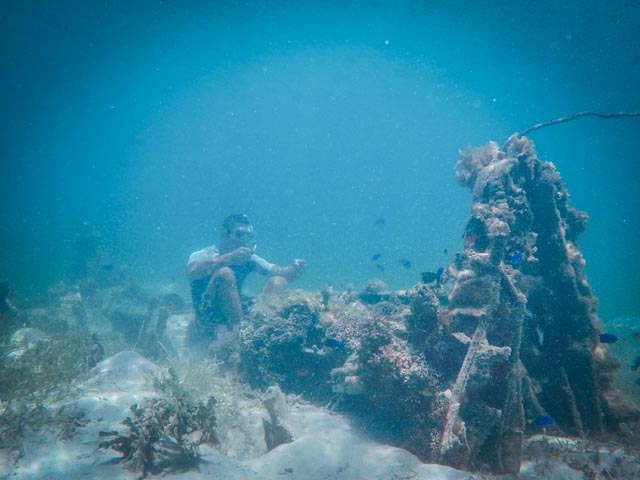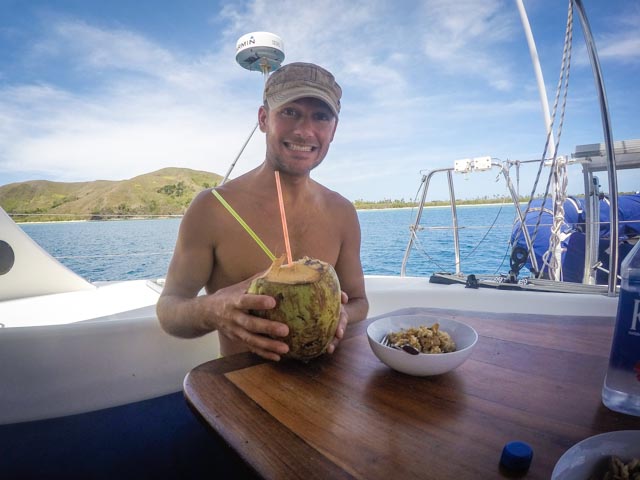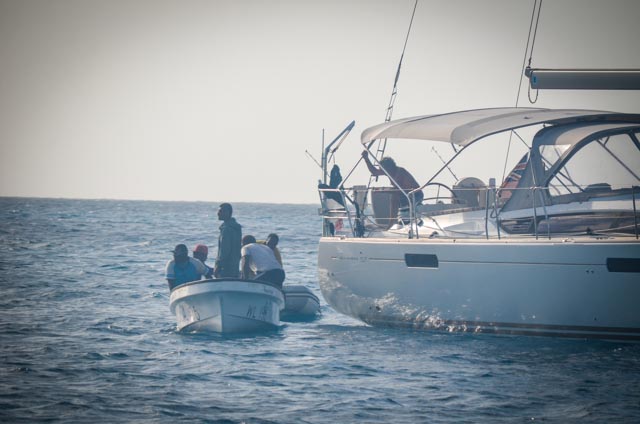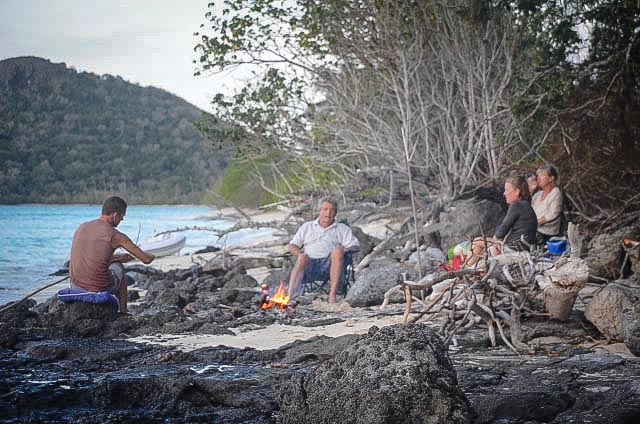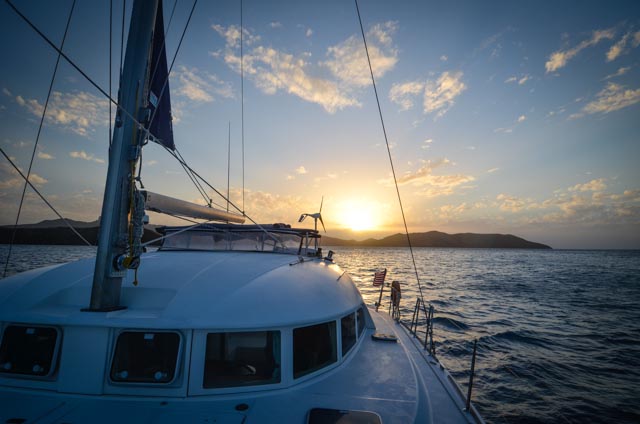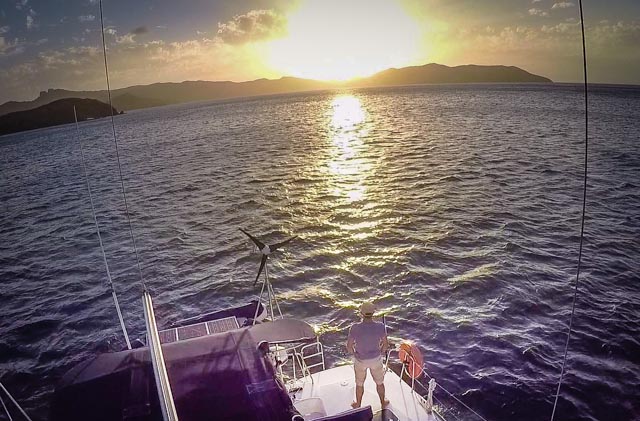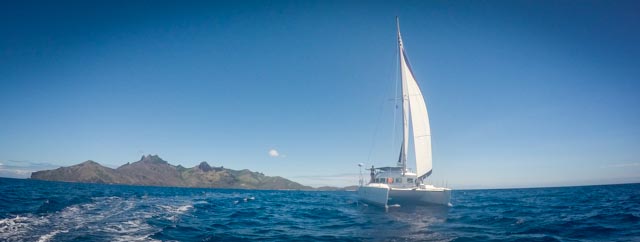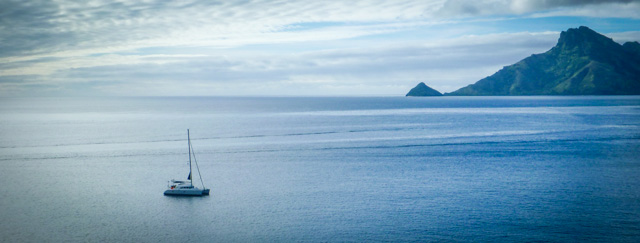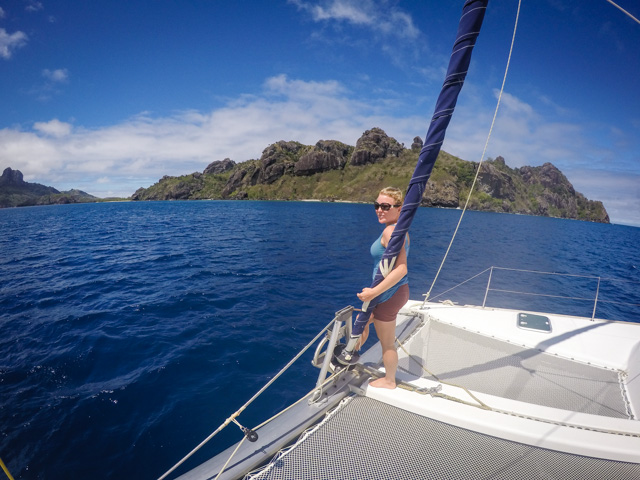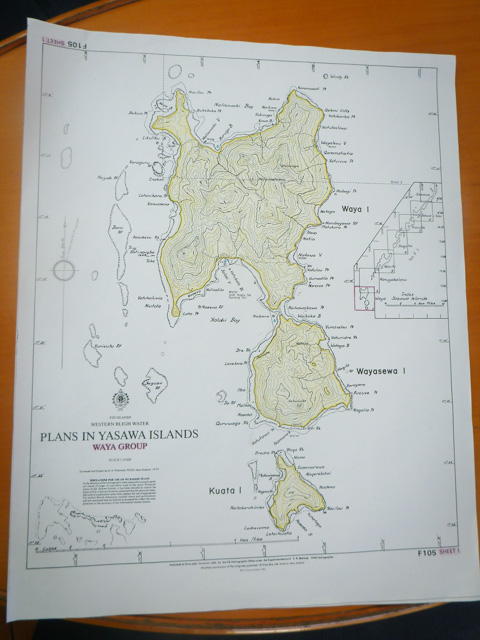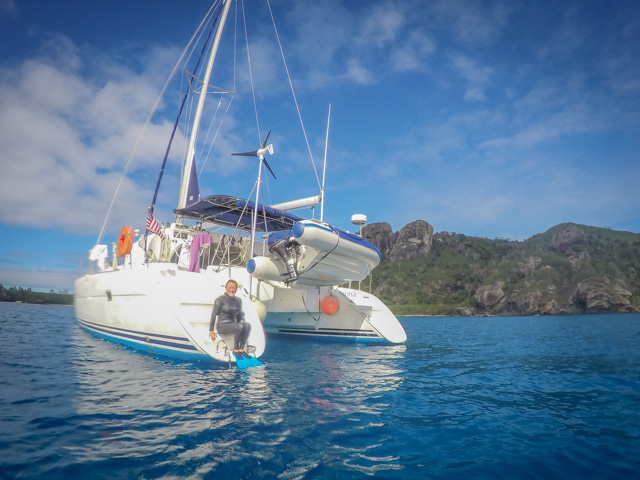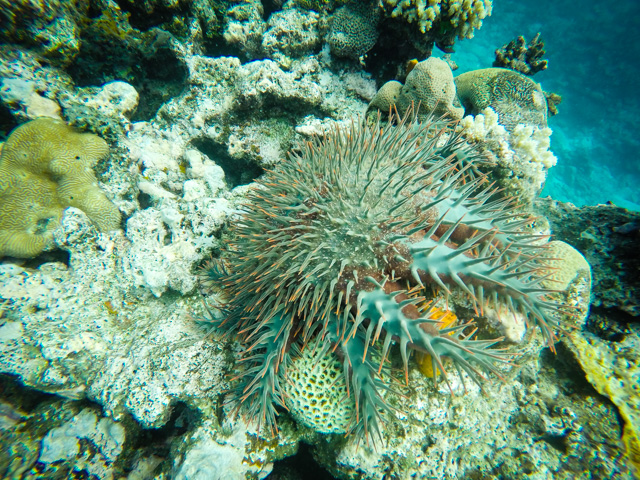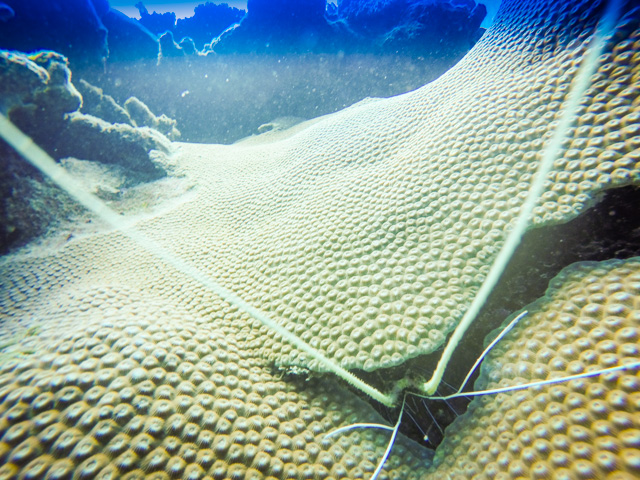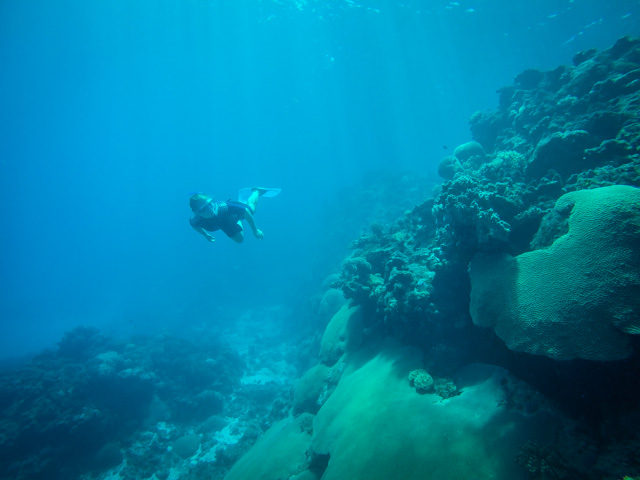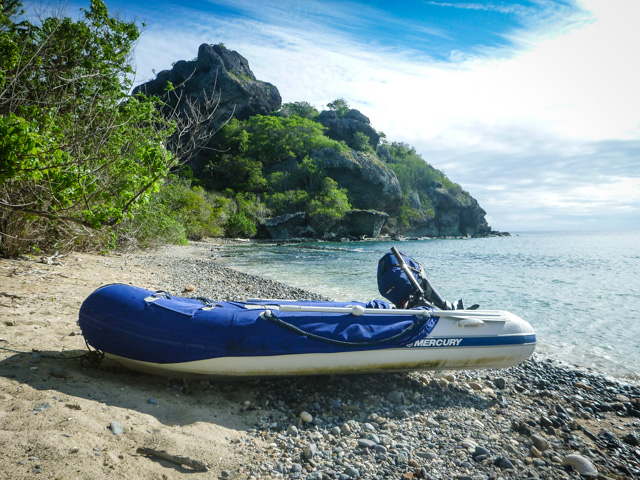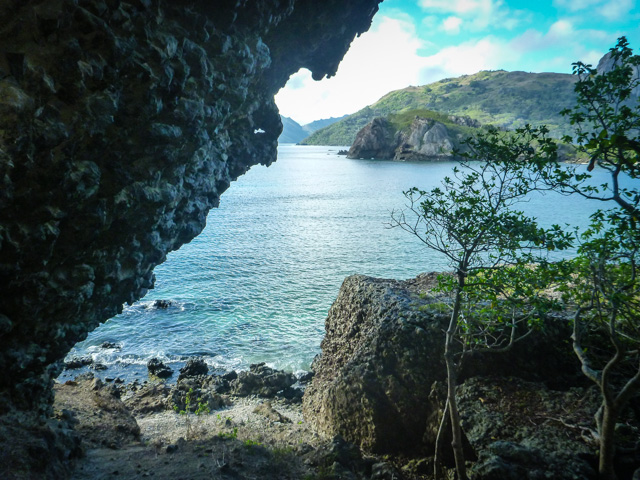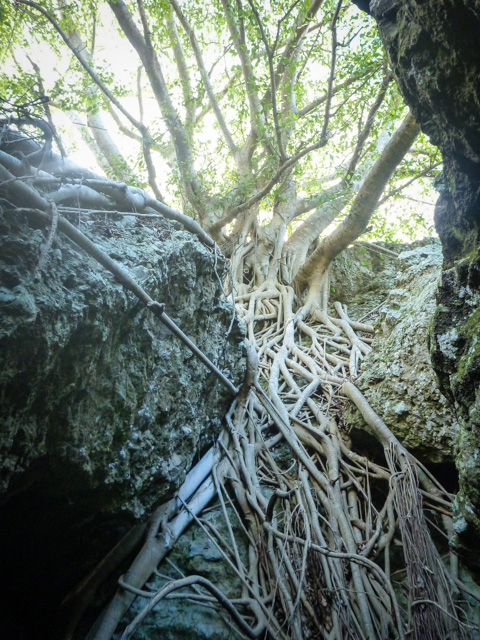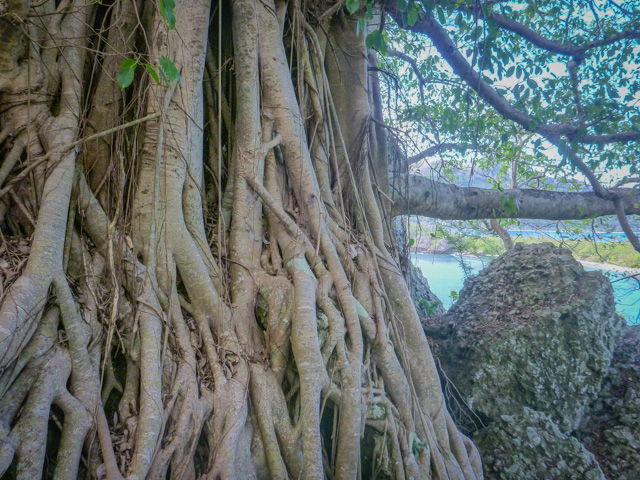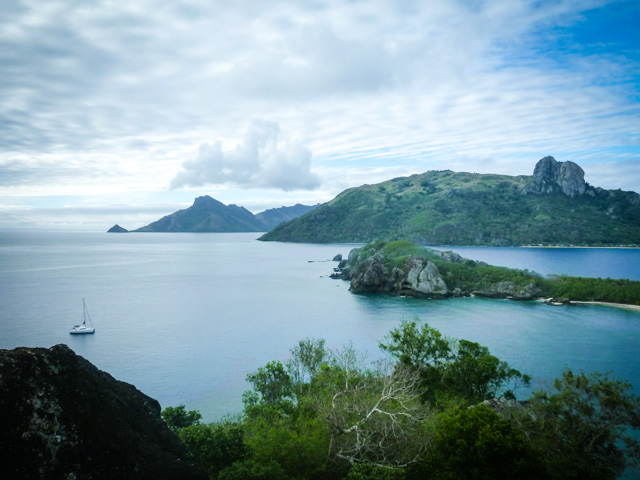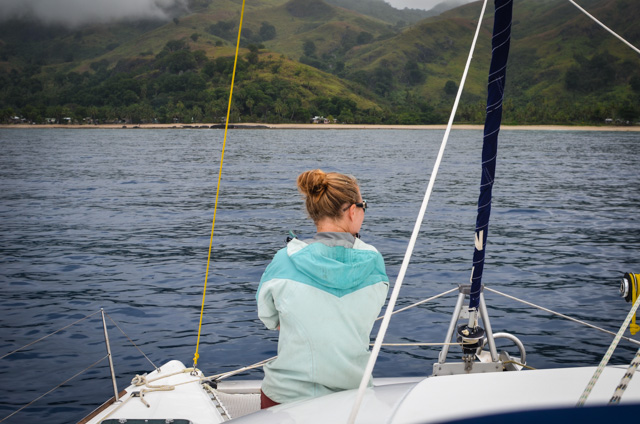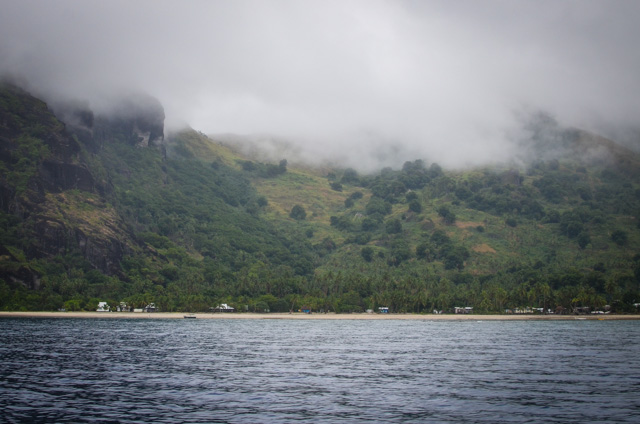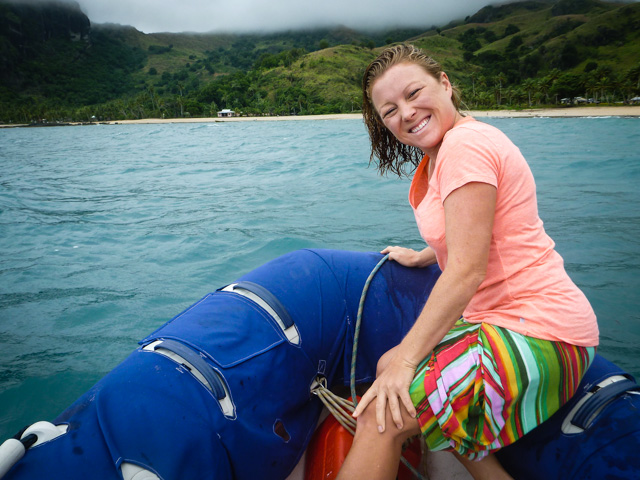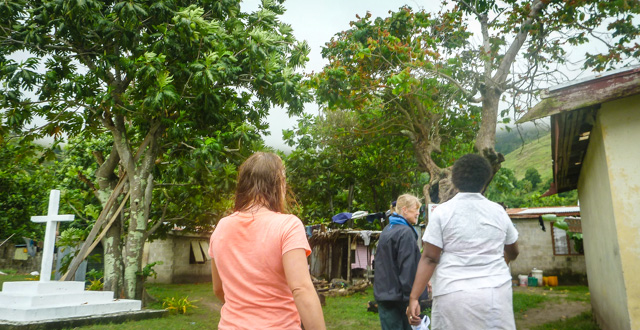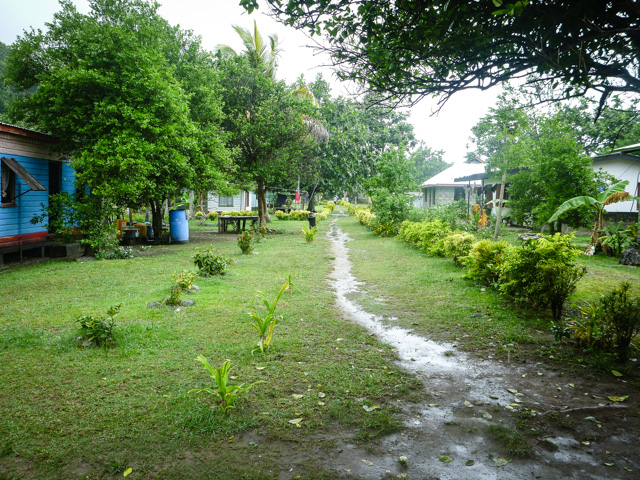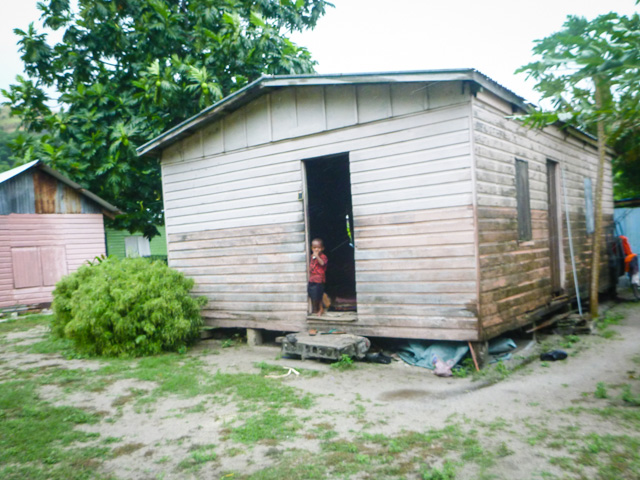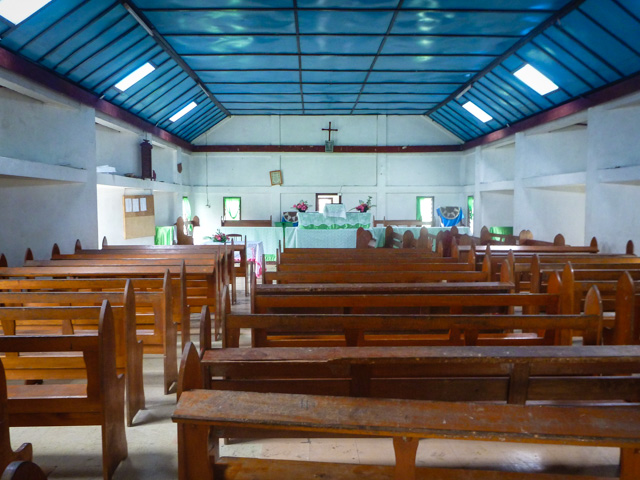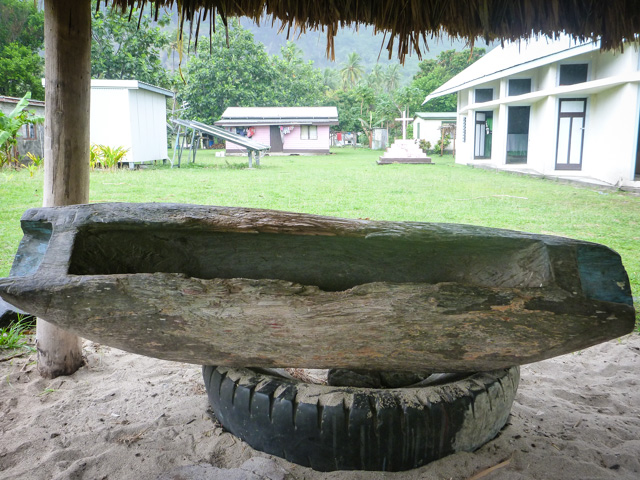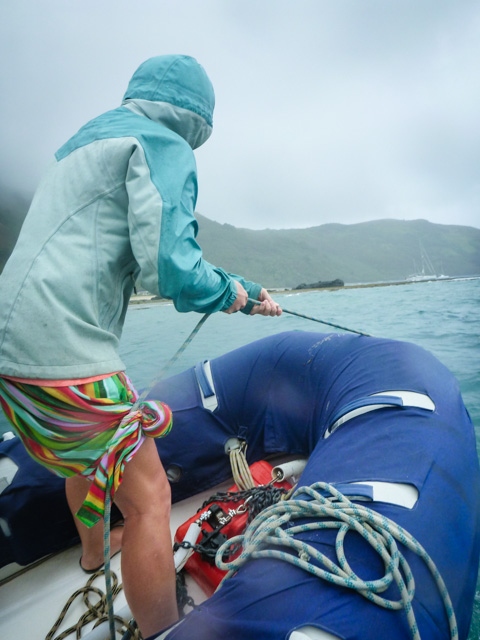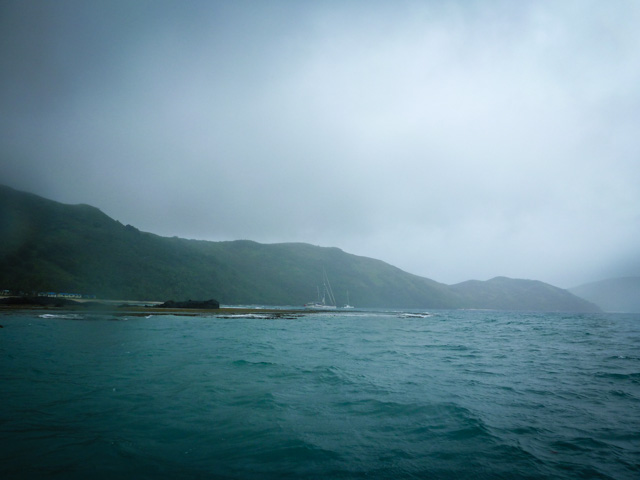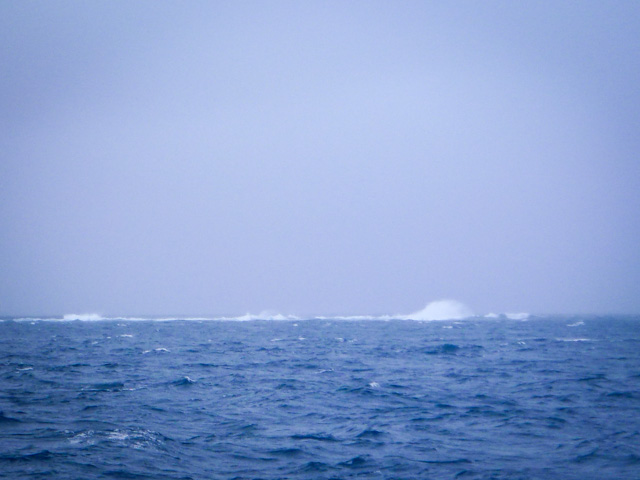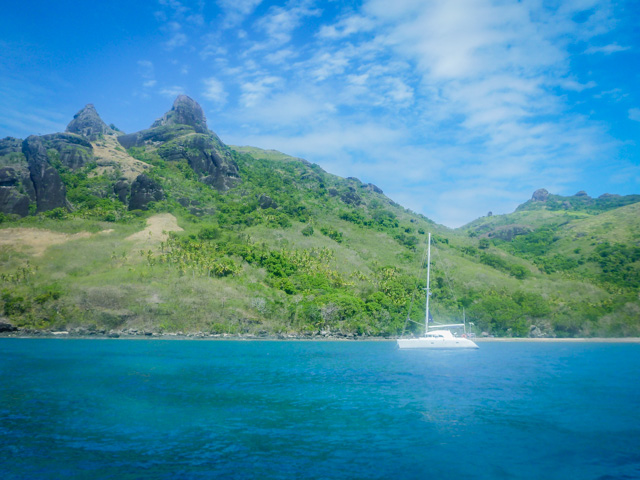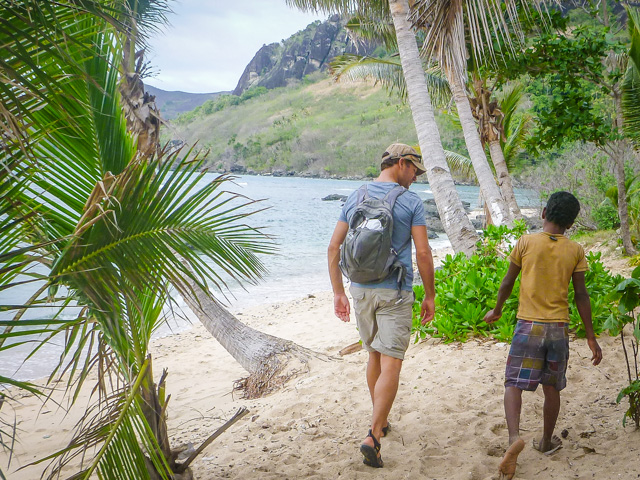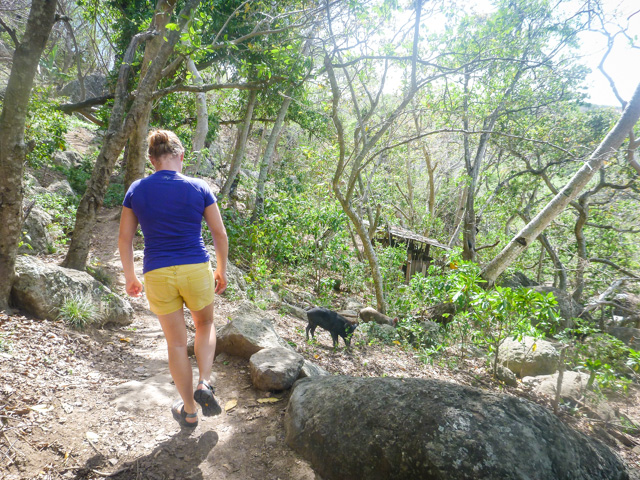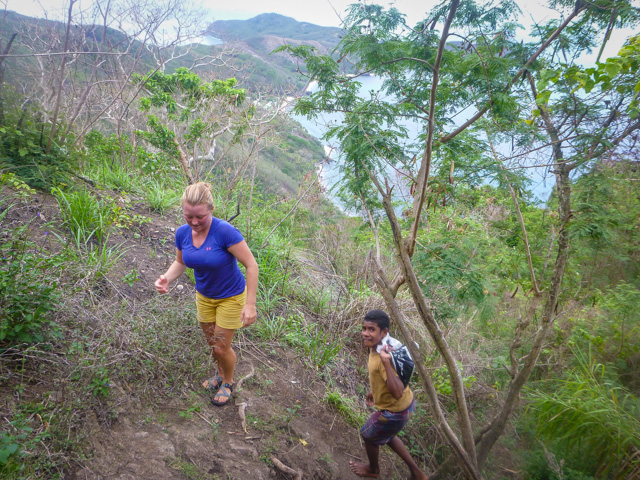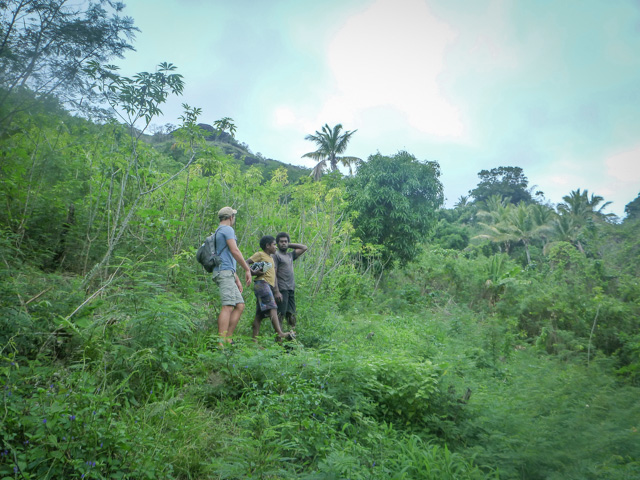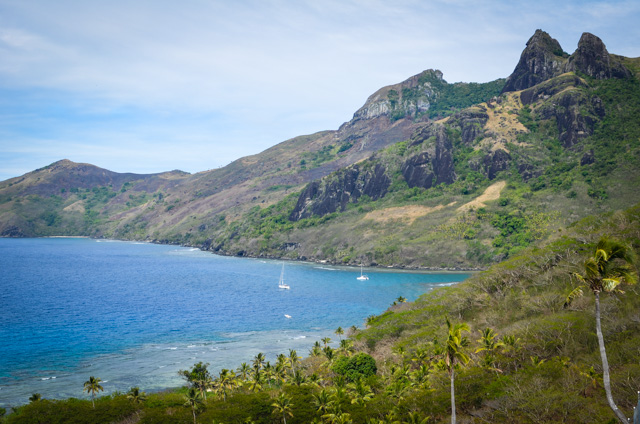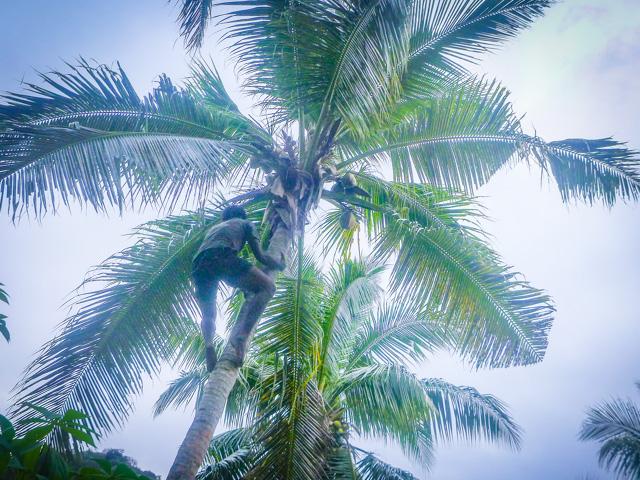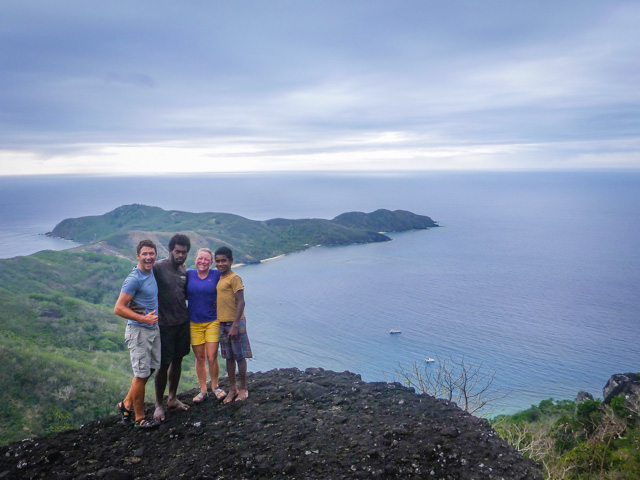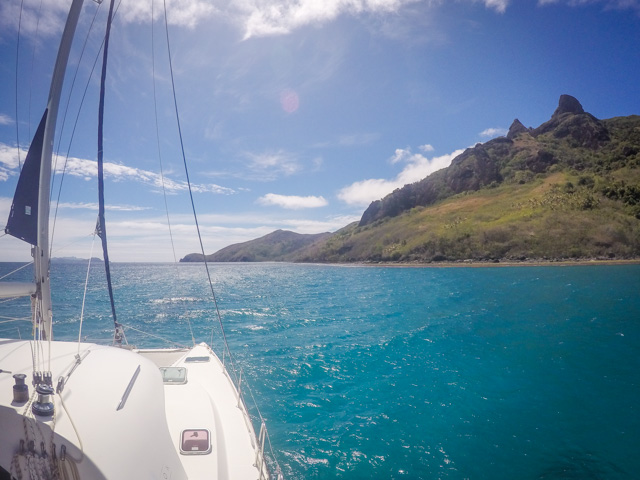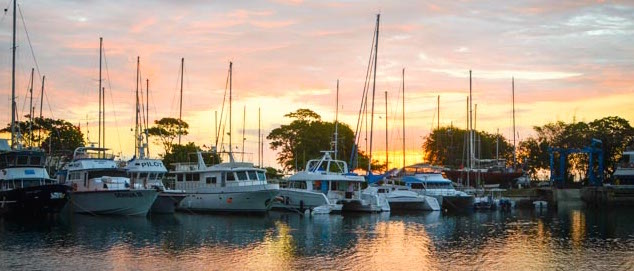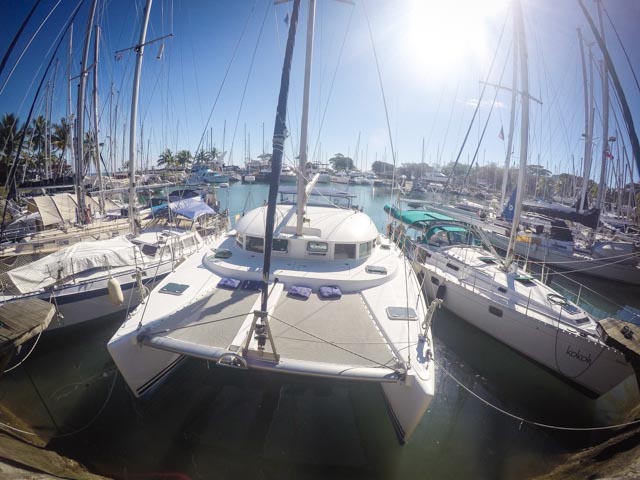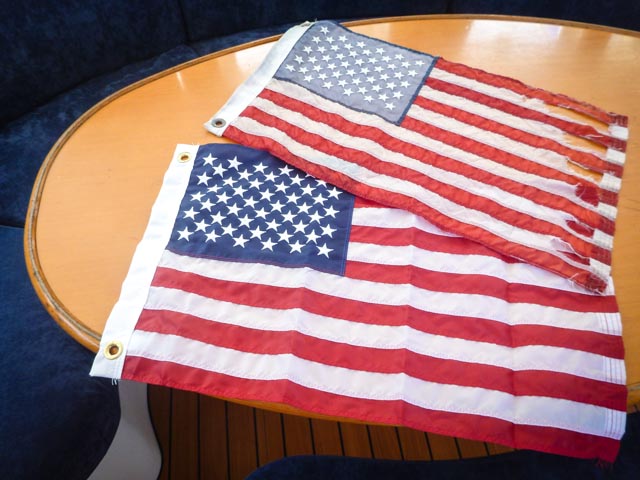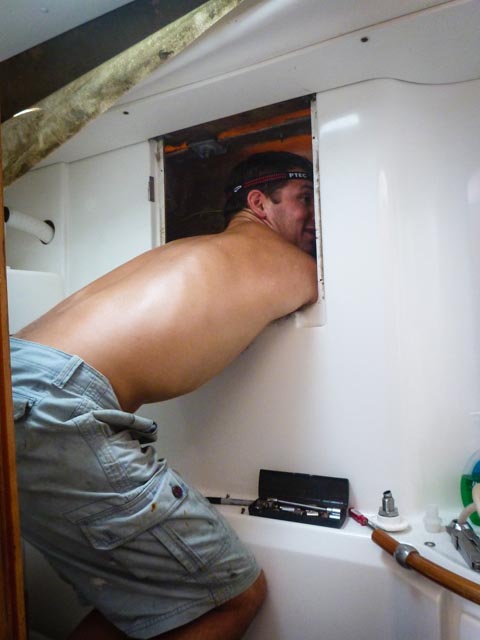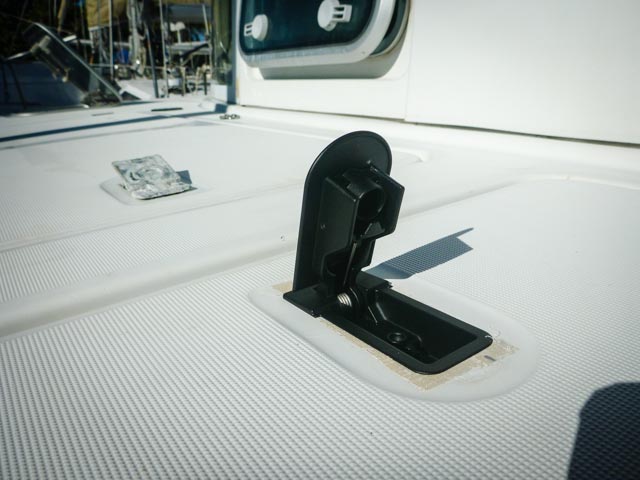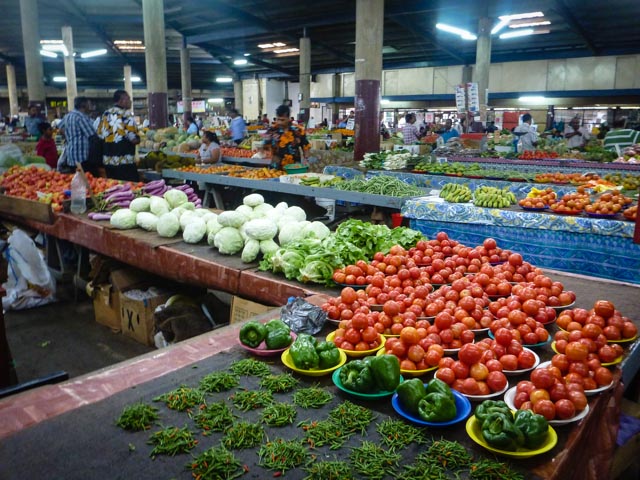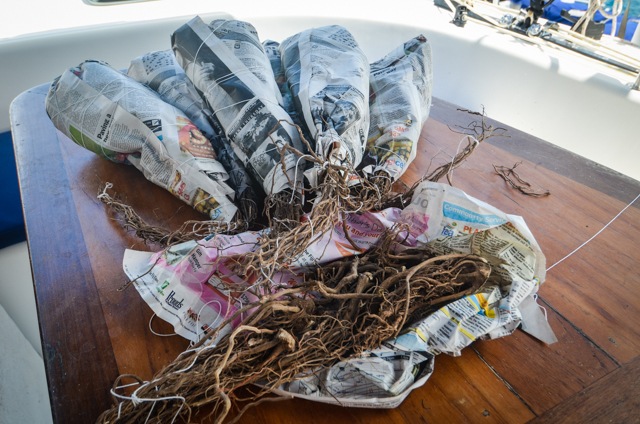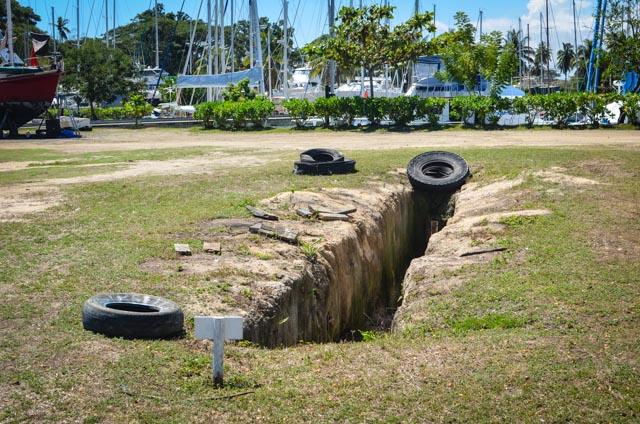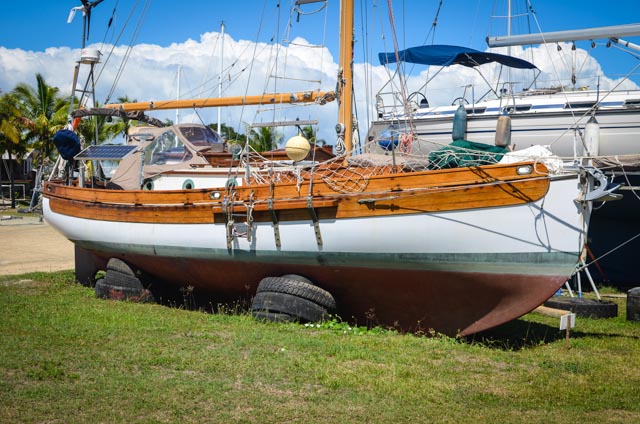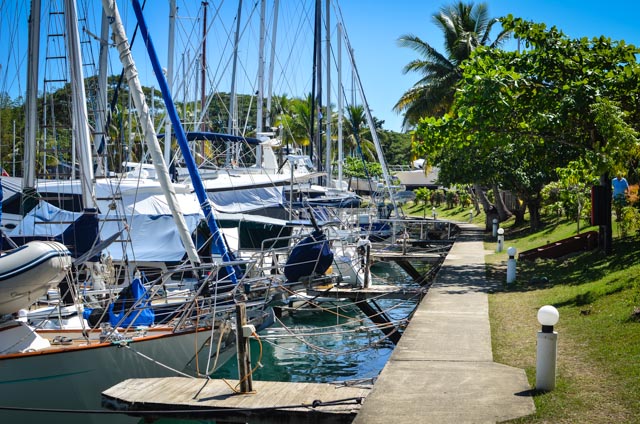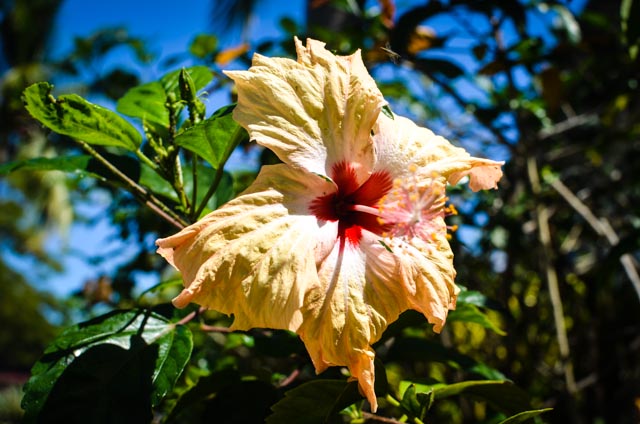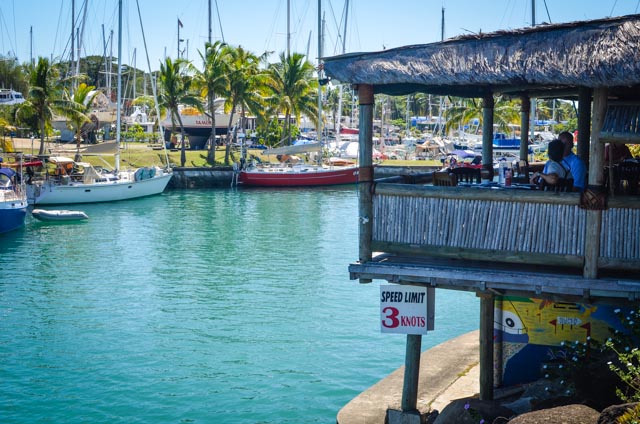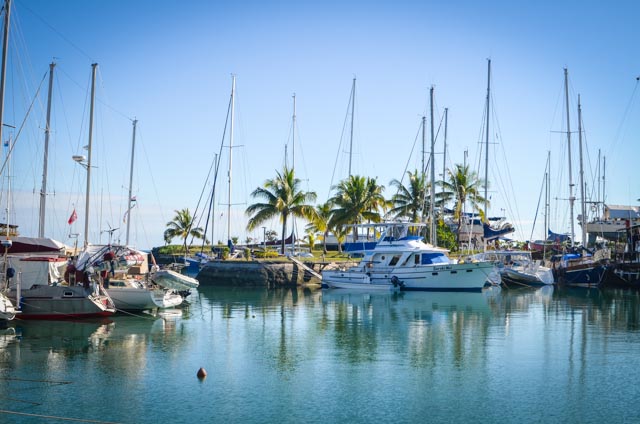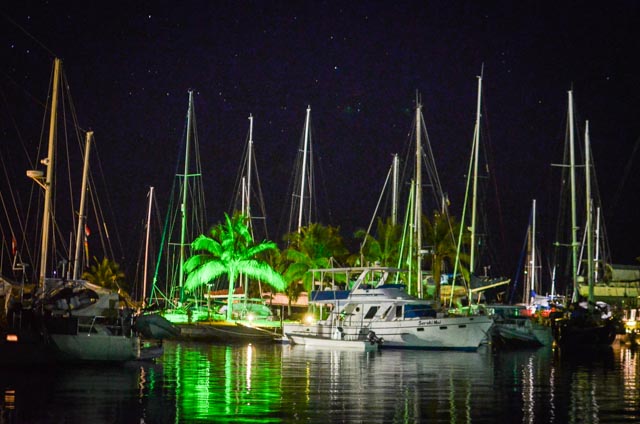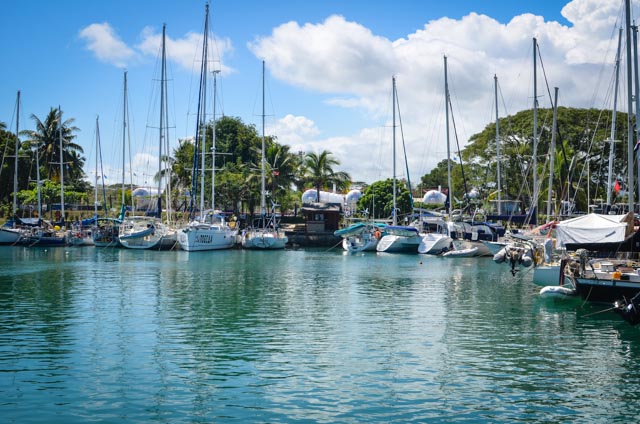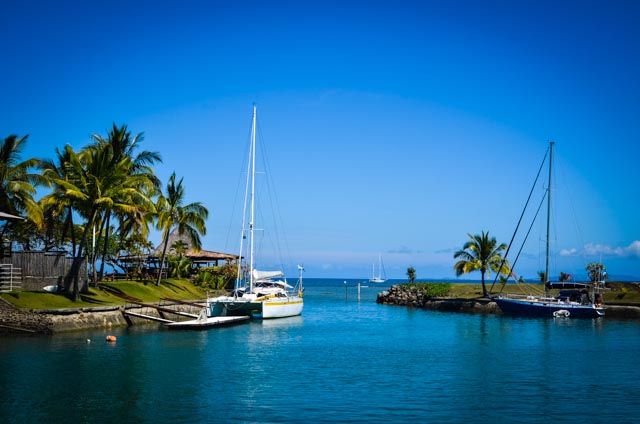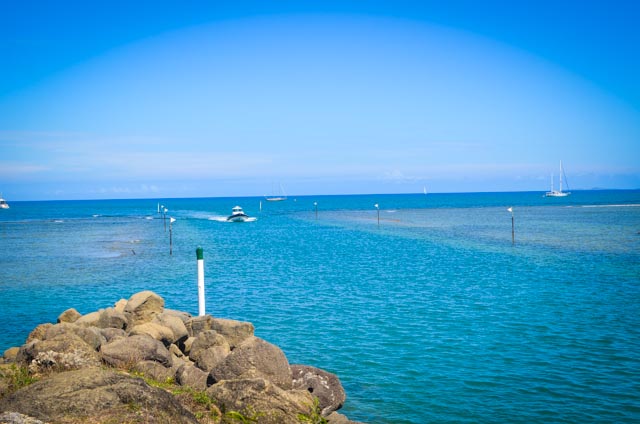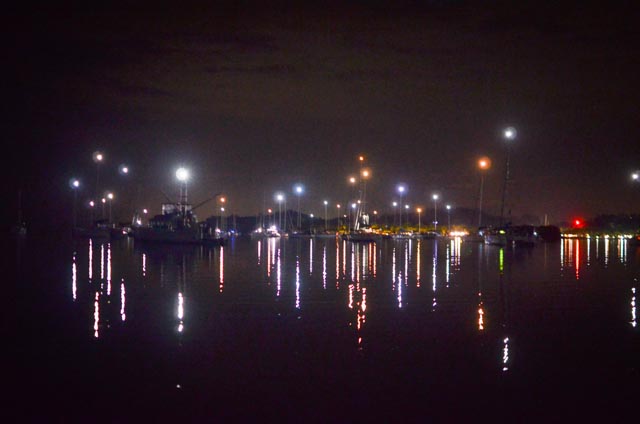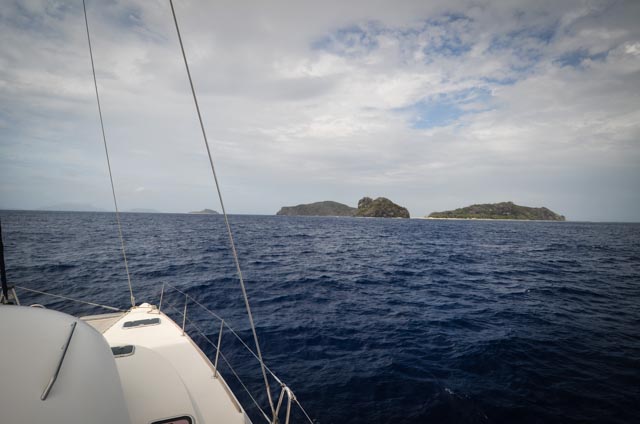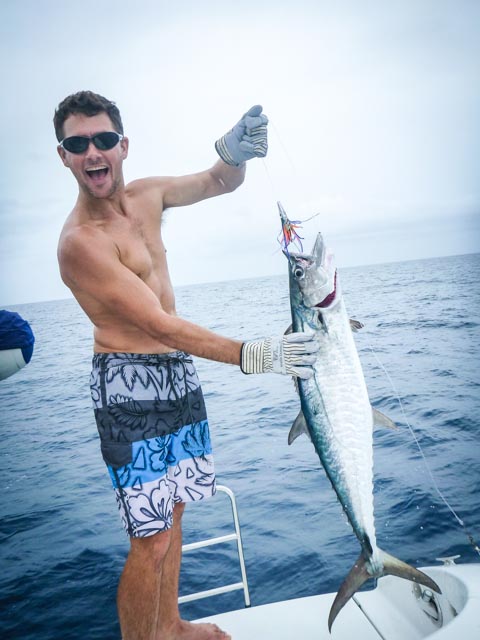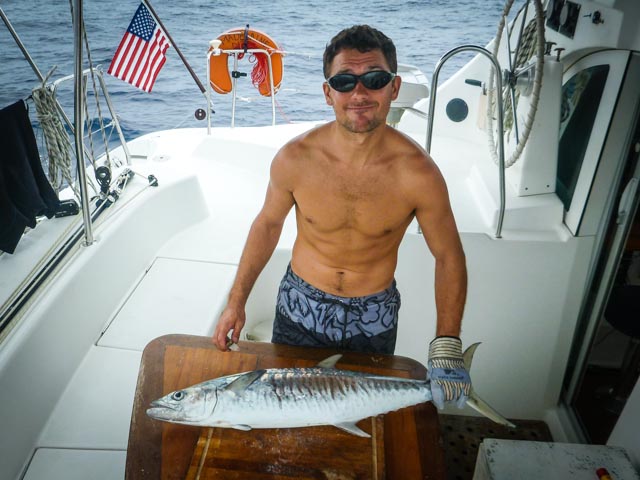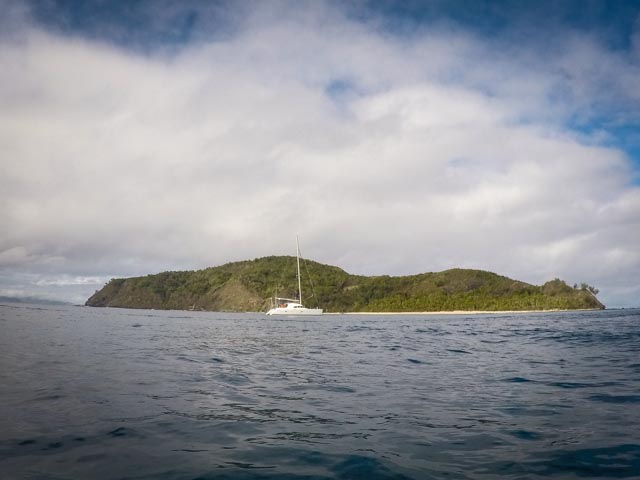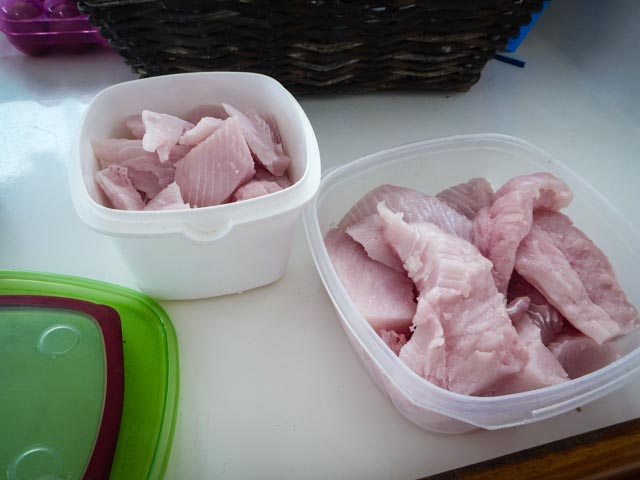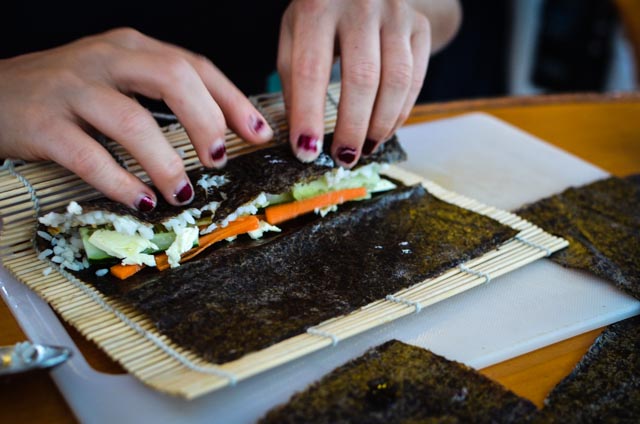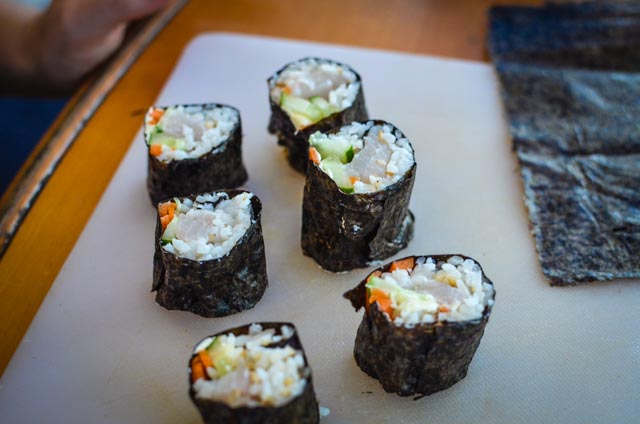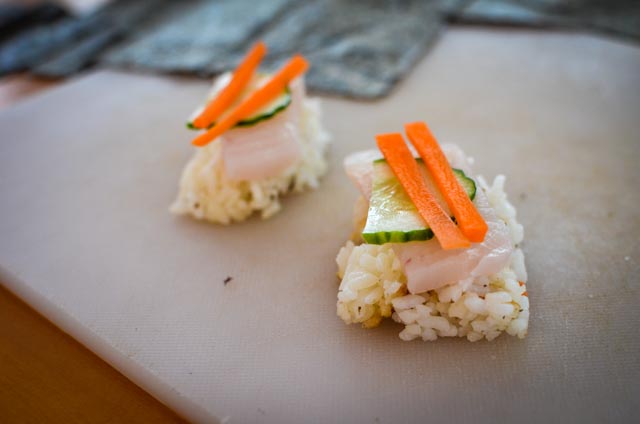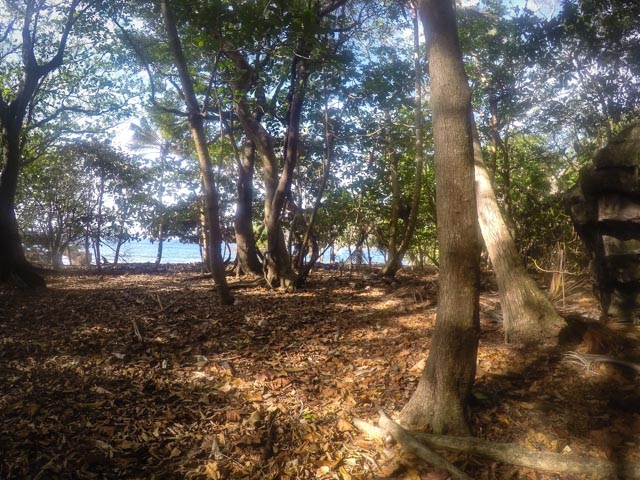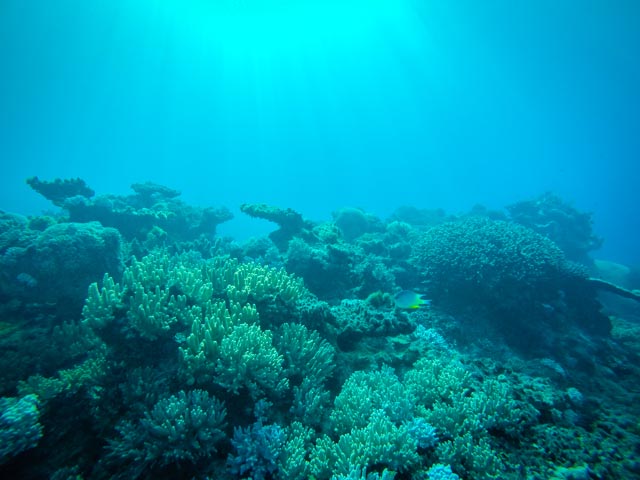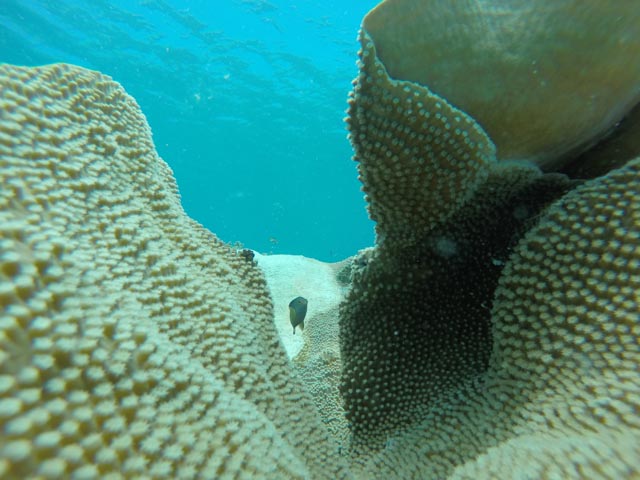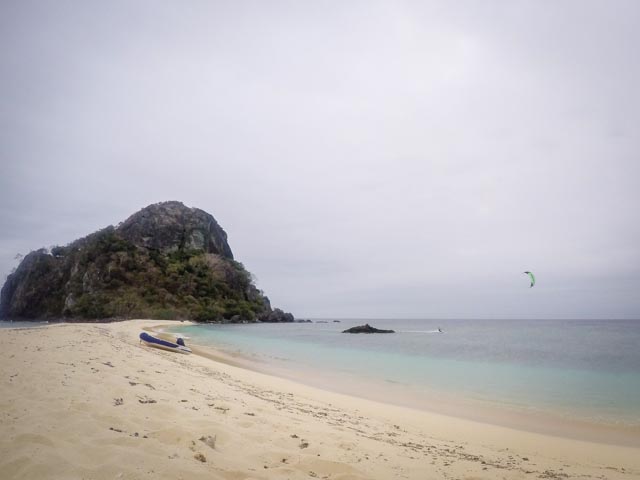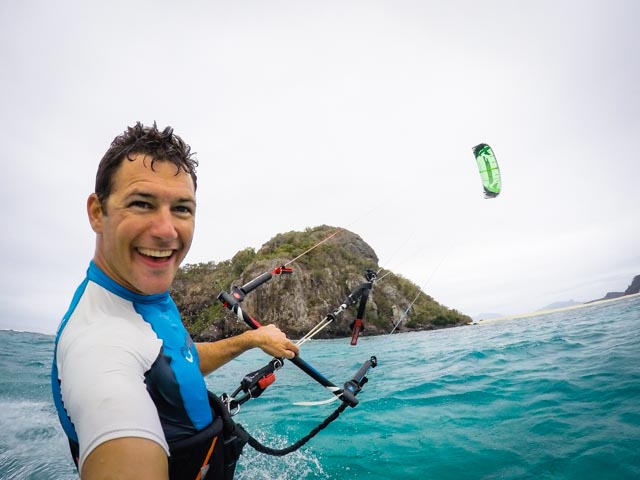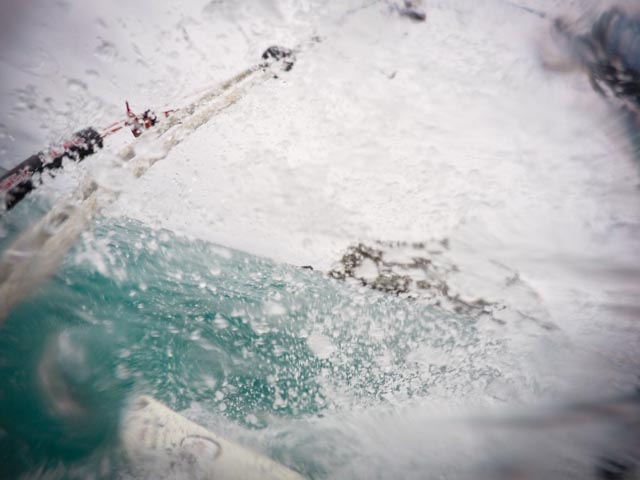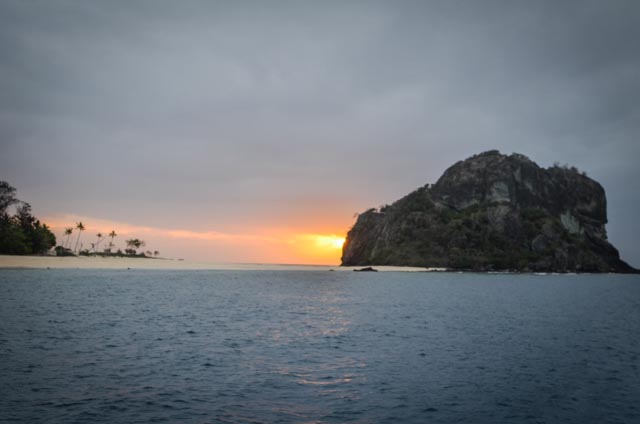Author: Pete
Location: Naviti Island, Yasawas, Fiji
The morning we planned to sail north into Yasawas proper we were greeted with clear, sunny skies and surprisingly cooperative east wind. We sailed out of Nalauaki Bay with all the canvas we could muster, ripping along on a beam reach in calm seas at eight knots. After all the rough miles we’ve covered getting spoiled with day hops in protected waters has been beyond welcomed, and the day’s sail was glorious. It was like riding a multi-ton kiteboard, albeit with some ugly shoals that you can’t just hop over.
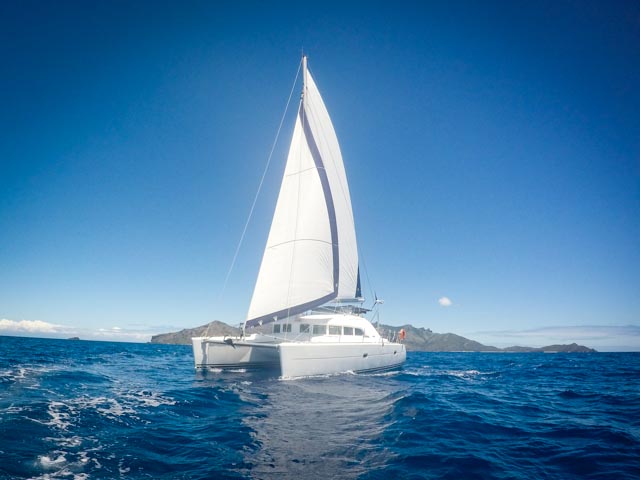
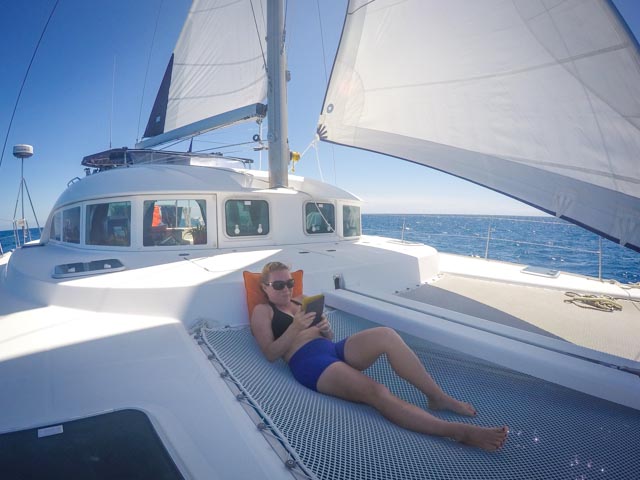
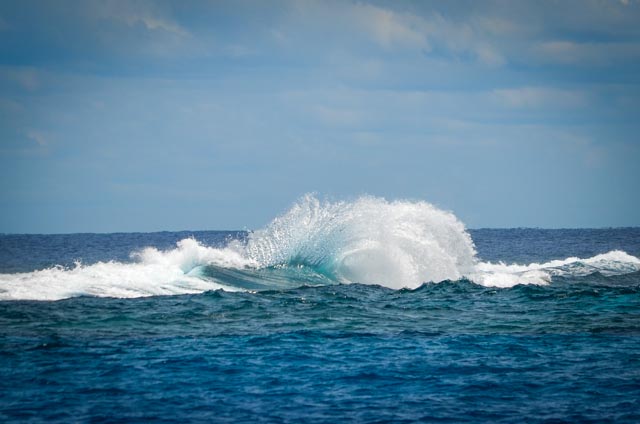
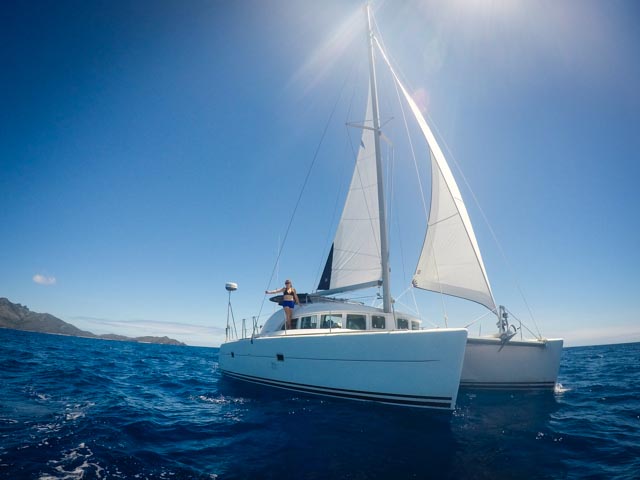
We anchored near the pass between Nanuya Mbalavua Island and Drawaqa Island, deep in about eighteen meters of water. It’s not an ideal anchorage, in fact the charts regard it as a day anchorage. We ended up staying for four nights.
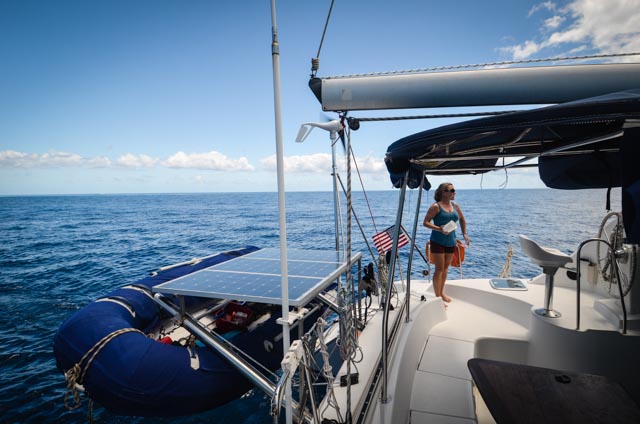
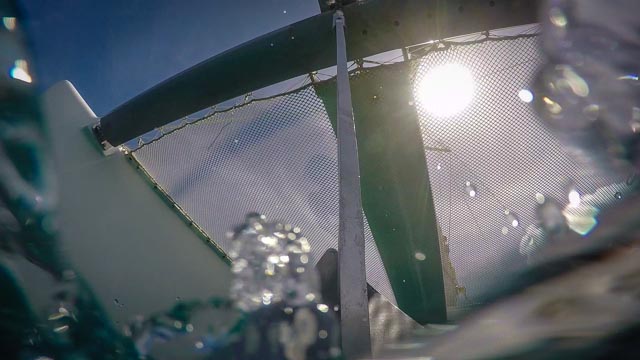
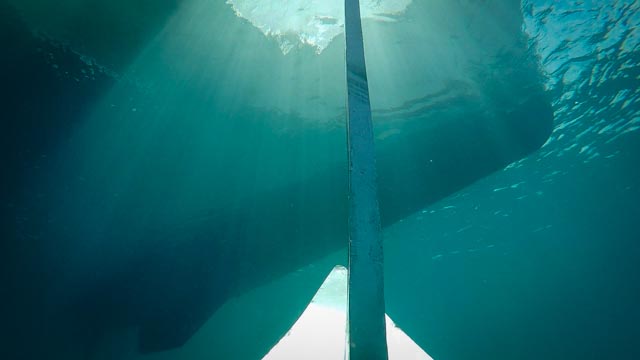
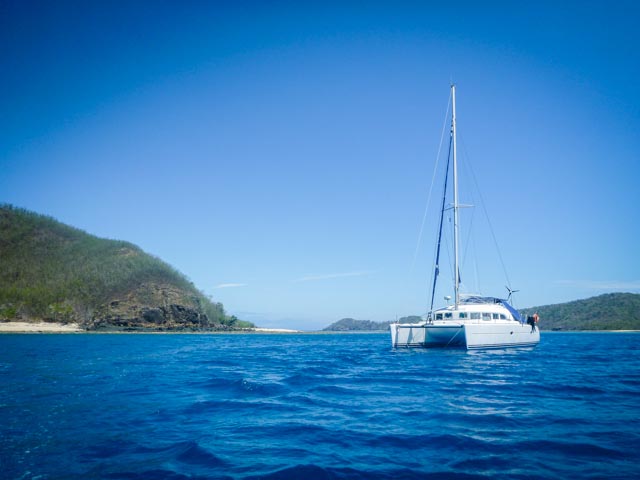
Aside from fantastic, healthy coral, there were several quiet beaches on the various islands. After spending most of the day snorkeling the reefs, we went out one night to have a bonfire on the beach one evening with our buddies from Tallulah Ruby. We got a blaze of driftwood, dead timber, and coconut husks burning, raked out the coals, and threw tin foil packs of fish and veggies in the embers as the stars peeked through the night sky. Just as we were marveling at the tranquility and solitude of our surroundings a boat load of twelve local guys in an open launch came ripping into shore. They jumped into the surf and waded up to our bonfire on shore, introducing themselves amiably. They were fishermen from the next village and come to spearfish on the reef, usually stopping on the beach to have tea before they go out into a cold night in the sea. We welcomed them to share our fire, talked about fishing and helped repair equipment as they waited for tea to warm. They invited me to go in with them but my dive lights were both out of commission at the time. Also, twelve guys wielding spears in close proximity in the dark water sounded like a recipe for a nice puncture wound and a belated tetanus shot.
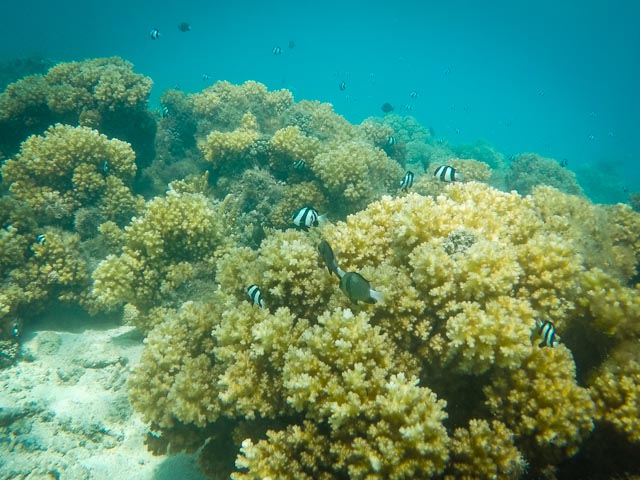
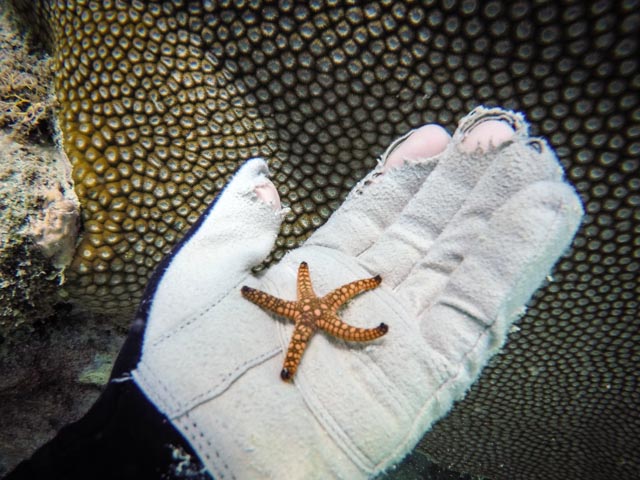
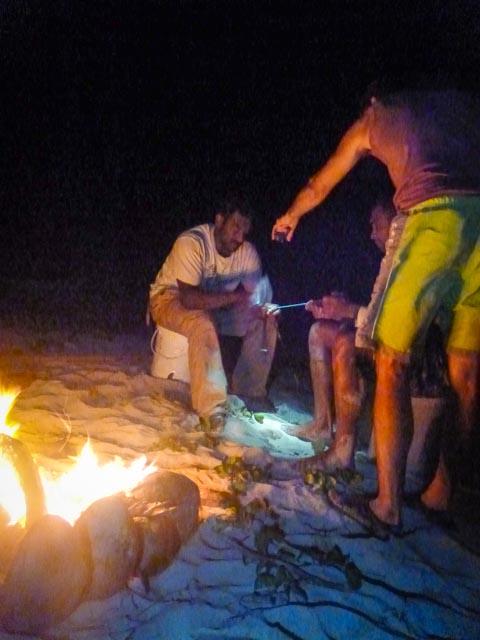
The draw of the place is the giant manta rays that frequent the pass between Drawaqa and Naviti islands. We had several days of snorkeling with them as they wing in and out of the pass in the afternoon. The plankton upon which the mantas feed yields poor water clarity, but it’s more than worth it to swim along side of these gulping monsters. They don’t really seem to mind us there, but when you get too close they’ll zip off with almost imperceptible movement, surprising with their grace and power.
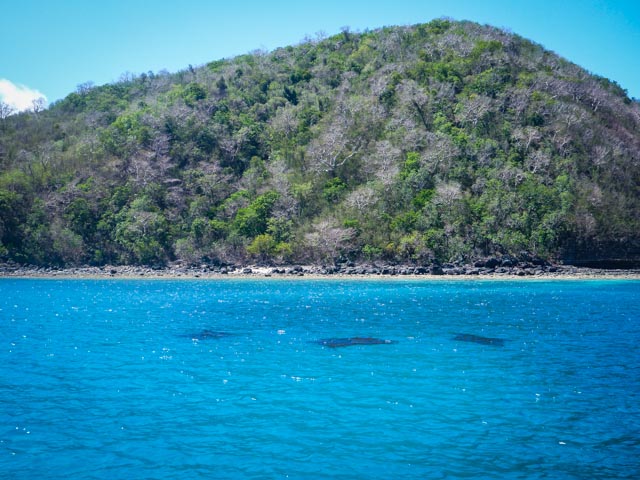
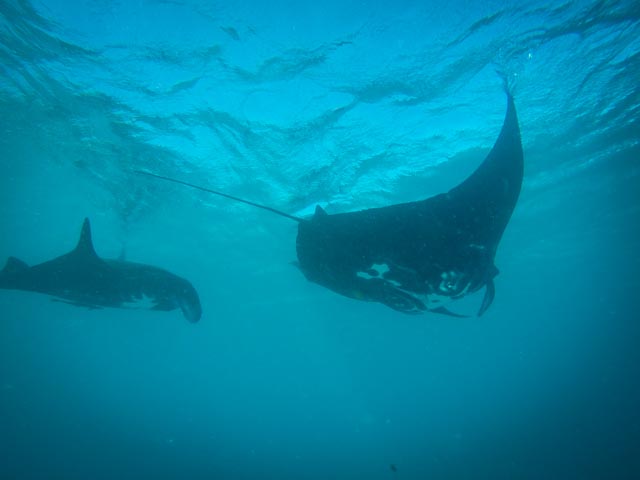
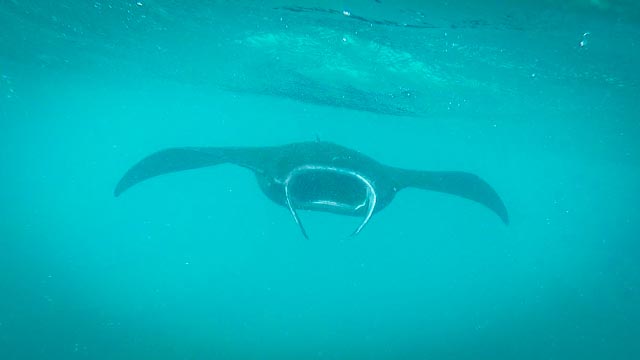
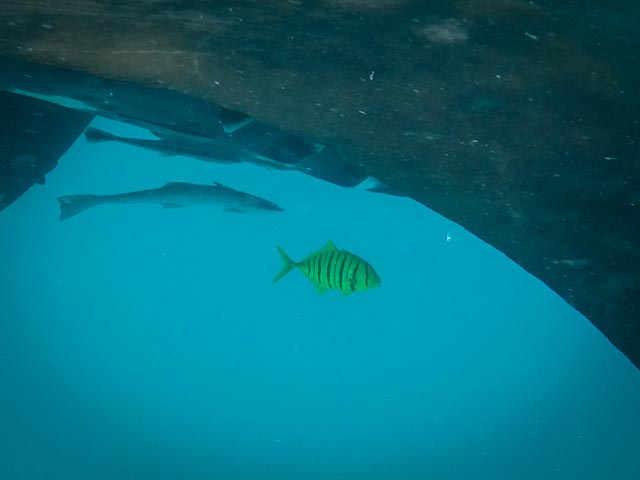
The problem with the anchorage is how the oscillating currents ripping in and out of the pass and the wind swirling around the island affect an anchored boat. The boats weren’t affected by the wind and current in the same way, depending on their keel, windage, and scope, nor spun at the same time on the changing tide. So at any given point, the four boats in the small anchorage were pointed in four different directions, sometimes really far apart, sometimes unsettlingly close. From the air, Tayrona and her friends must have looked like a bunch of four-year-olds in an interpretive dance class. After a couple nights of pirouettes, we decided to go dance by ourselves farther north.
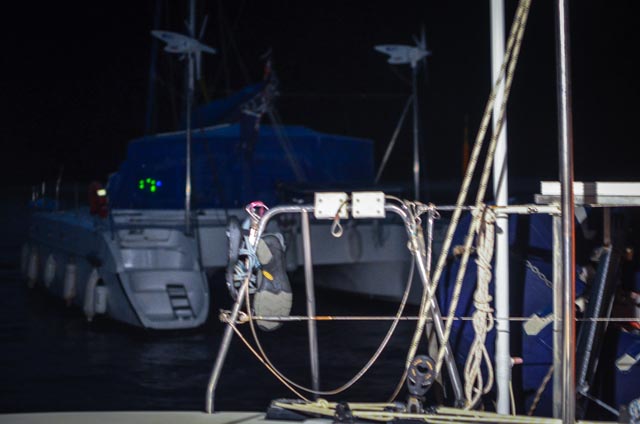
Sailed an hour or two north to Vaga Bay on the west side of Naviti and settled ourselves in a secluded anchorage for a windy, but nice enough night. The next day we continued on to the well-protected Natuvalo Bay. Met up with Tallulah Ruby and took advantage of the first little bar we’d seen in a while. That night they threw a little party with some fire dancing. Miranda and I spent the next day snorkeling the reefs around the bay and then went back out night lobstering later that evening.

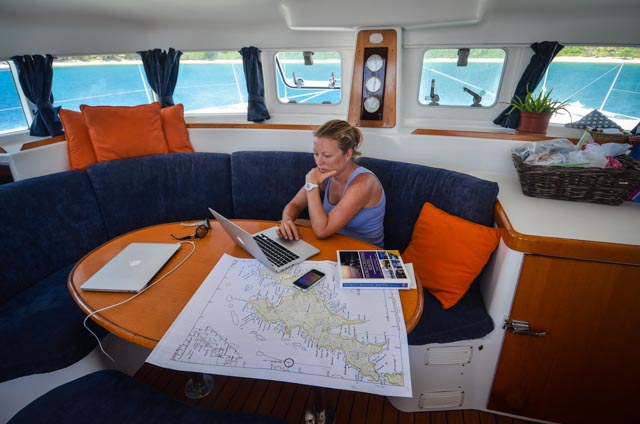
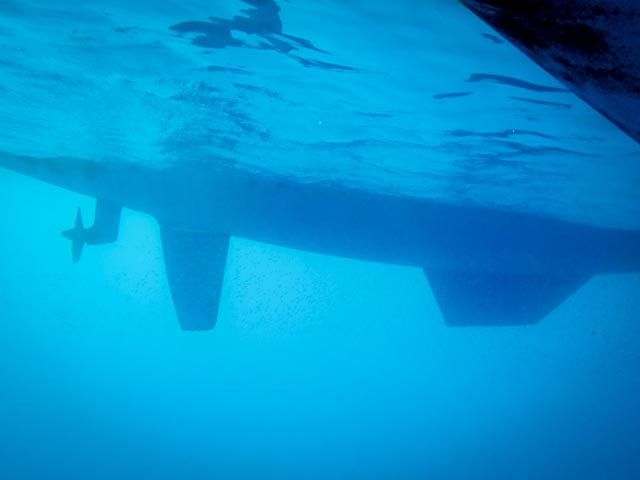
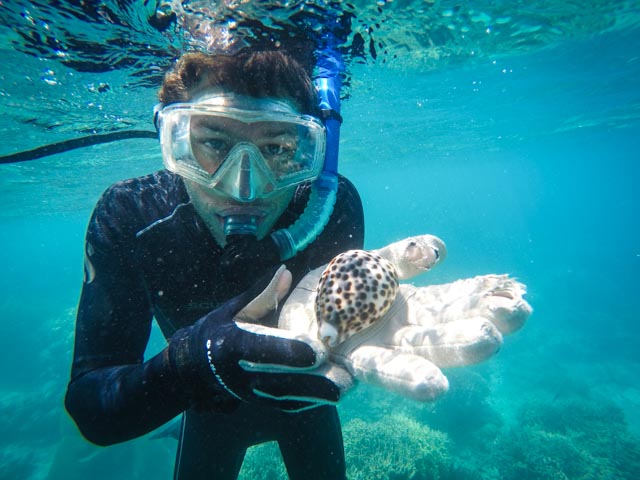

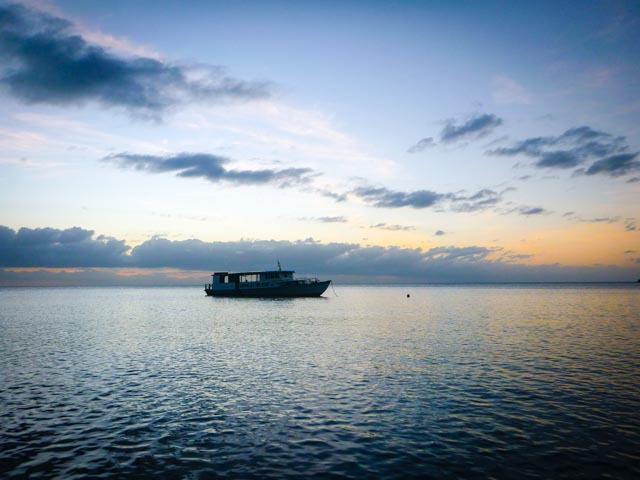
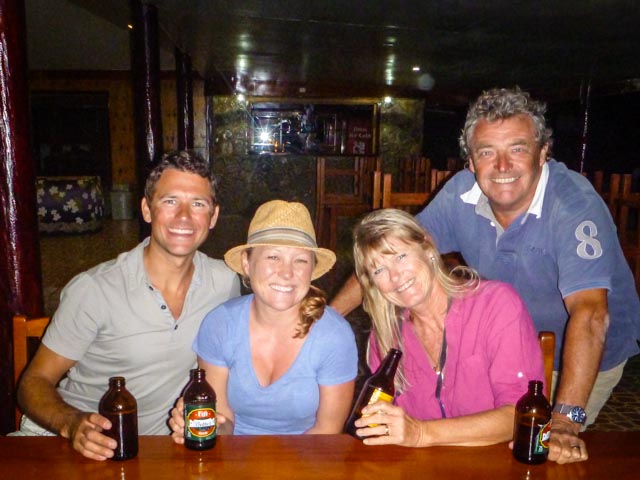
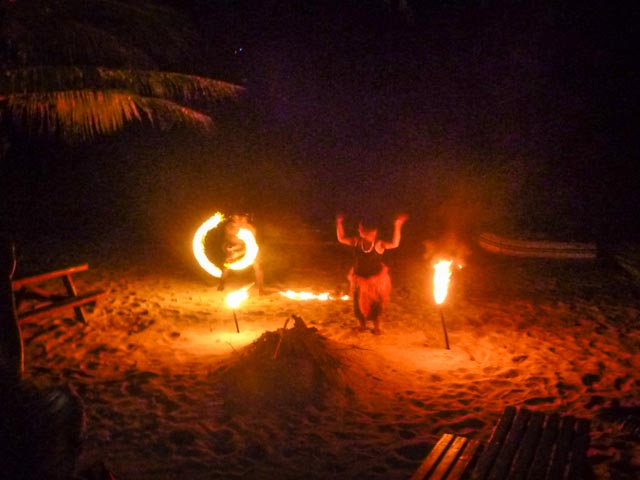
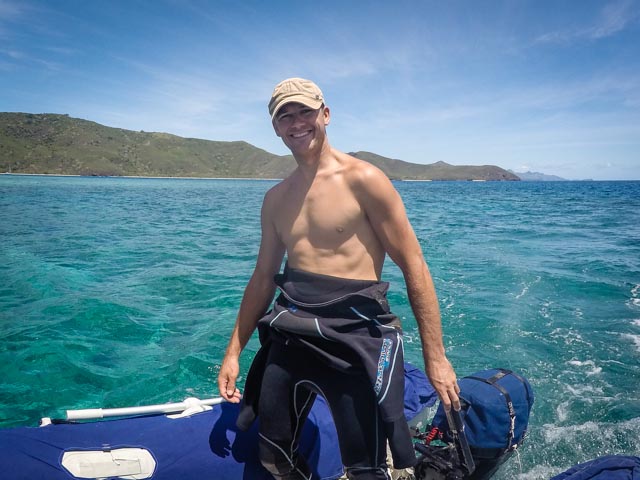
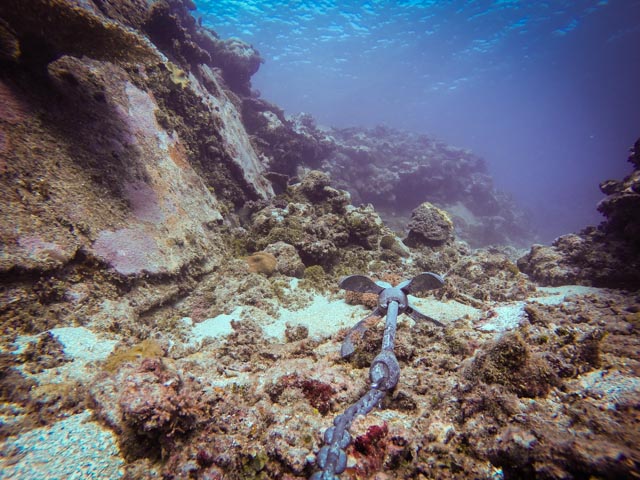
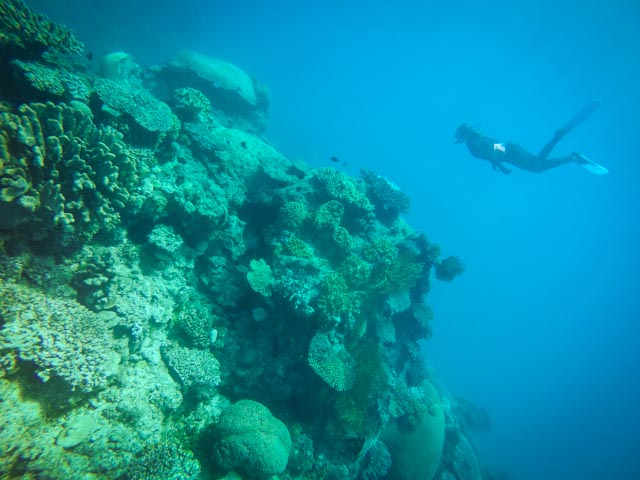
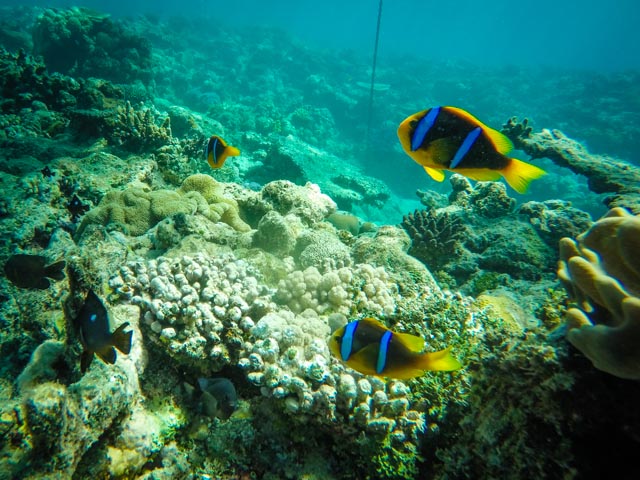
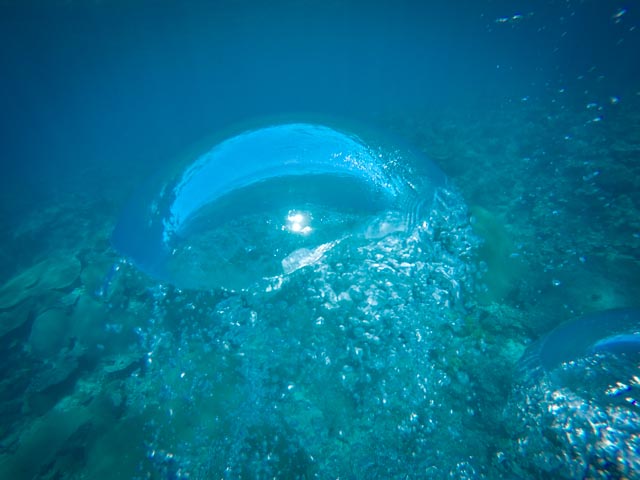
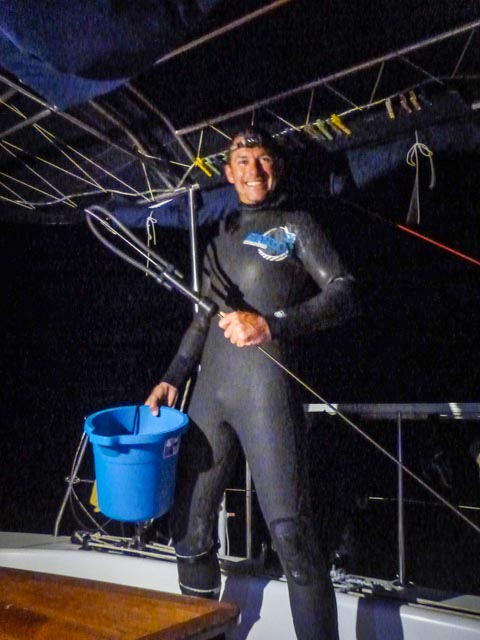
After a couple days enjoying the anchorage, we sailed around the north end of Naviti island to the wide Somosomo Bay. The village tucked into the southern shores from which the bay derives its name is a collection of rough houses on blocks with a few fishing boats anchored in the shallows. We anchored deep but in good holding and went in to shore to pay our respects to the chief.
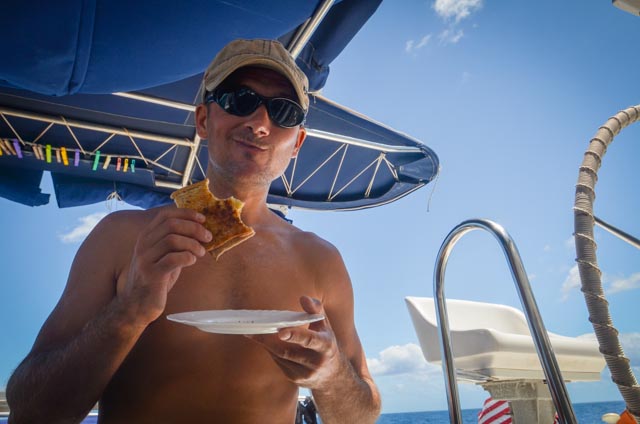
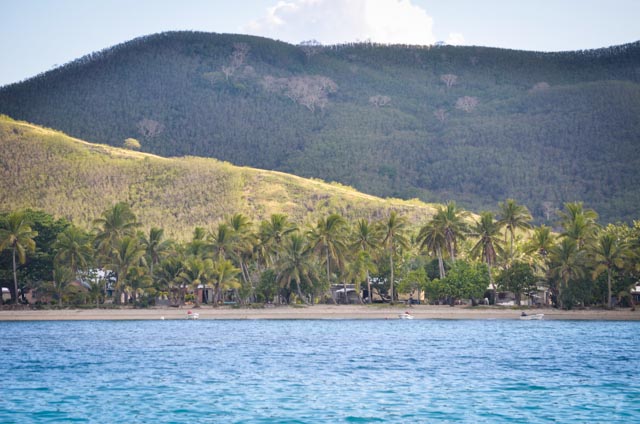
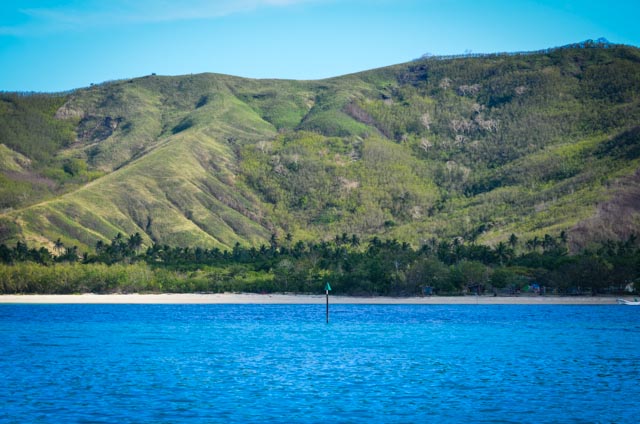
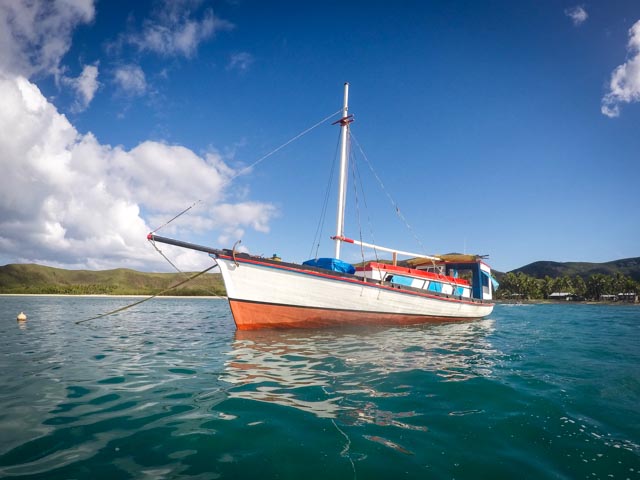
First thing we noticed as we came ashore was the number of people about, generally dressed up and sitting in the shade. As our guide Twoway led us to the chief’s house, the second thing we noticed was a big slaughtered cow sprawled out on the path. Apparently a village elder had died that morning and people were gathering from the surrounding islands for the expeditious funeral required by the tropical heat, all who needed to be fed after the service. Hence, the dead cow.
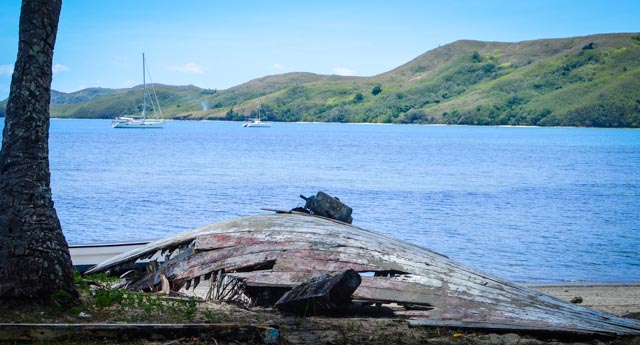

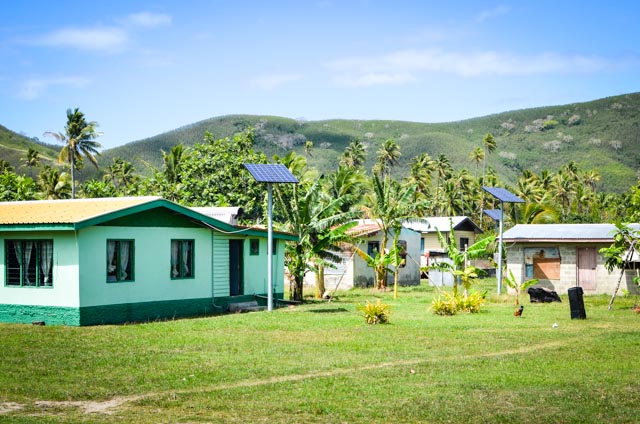
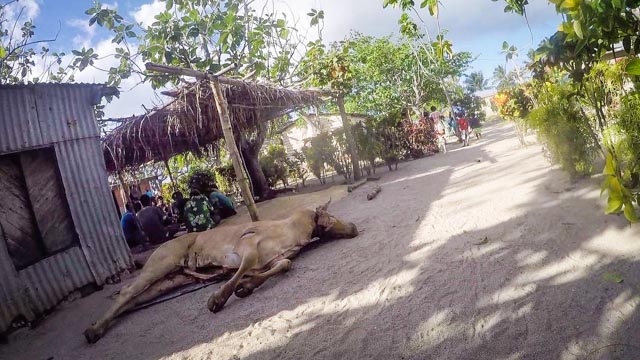
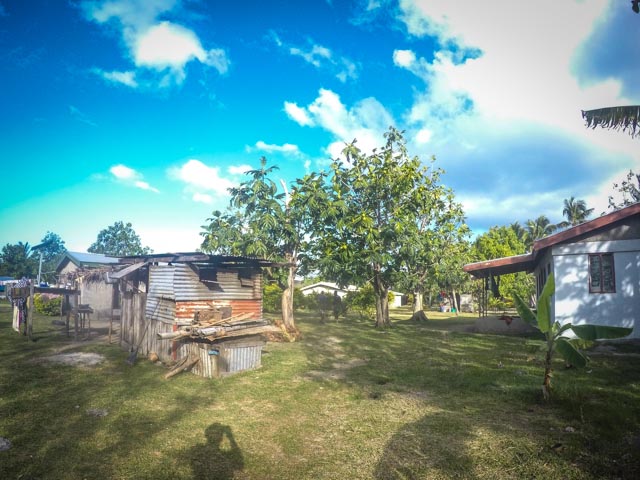
We presented our kava to the village chief, the first female chief we’ve encountered, and much clapping and chanting ensued. It was too early to drink the kava, but we bought some fruit and explored the town. We visited the beachside kindergarten with munchkins running around barefoot. The older kids are bussed up to the next town in an open boat. In my mind, the boats should have been painted bright yellow.
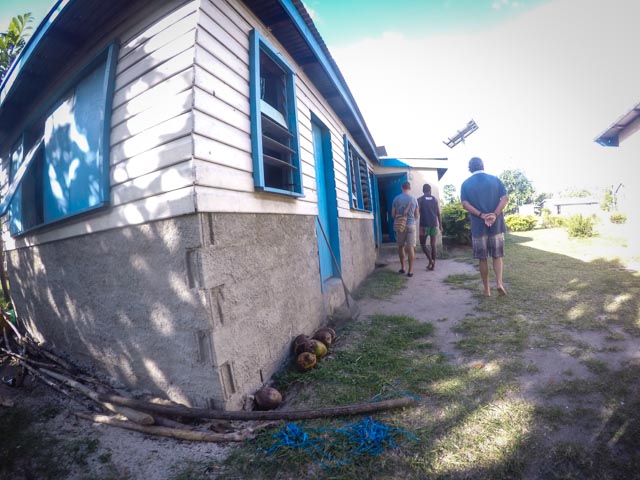
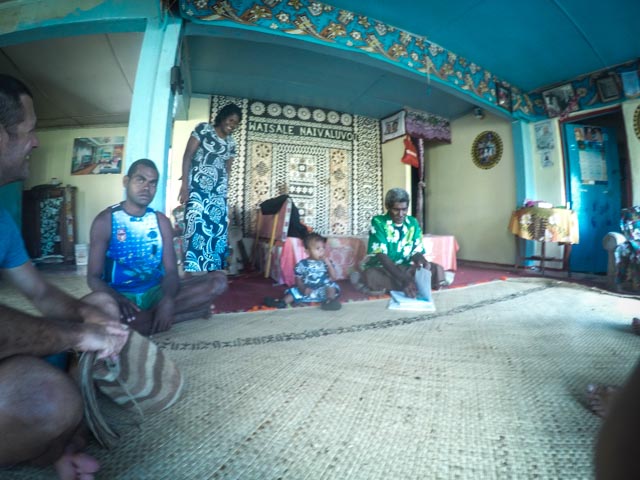
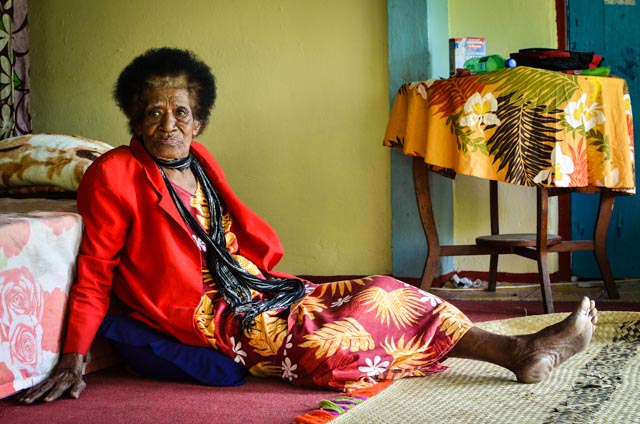
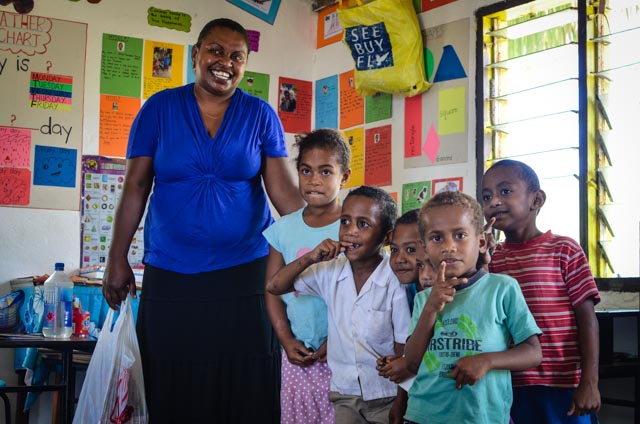
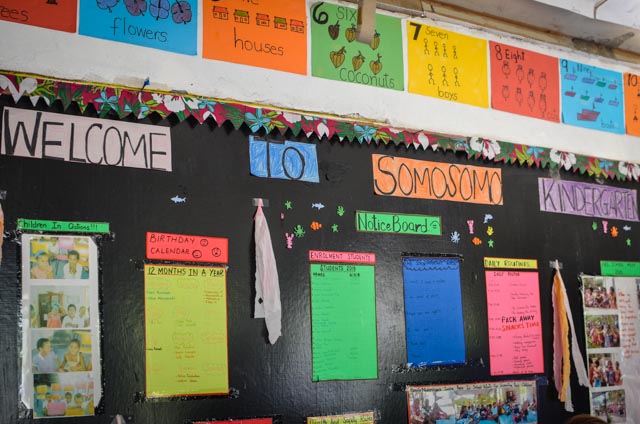
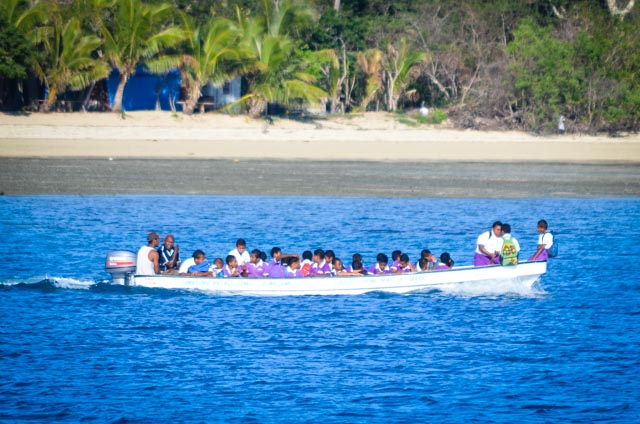
October sixth marked our one year anniversary aboard the our fair Tayrona! We celebrated with a day of leisure on the boat, some snorkeling, a homemade pizza, and a little skinny dipping! Note Miranda’s great coconuts!
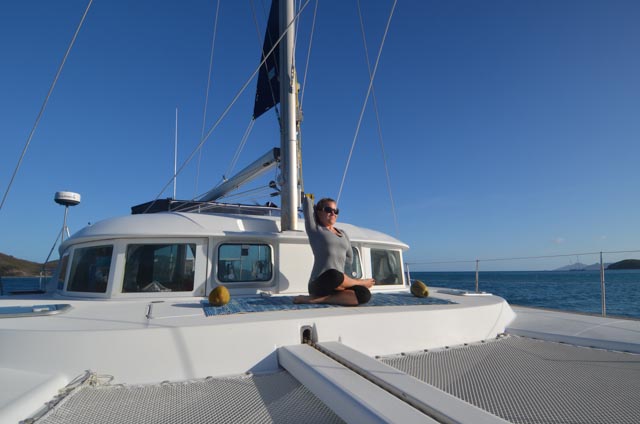
The coconuts on the yoga mat, of course. She uses them to hold it down to the deck on windy days. Get your mind out of the gutter!
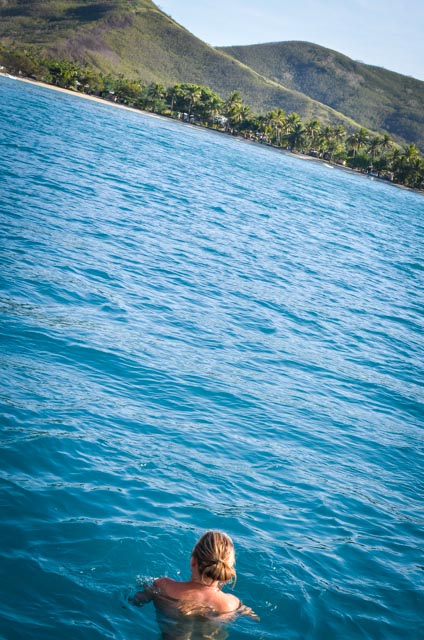
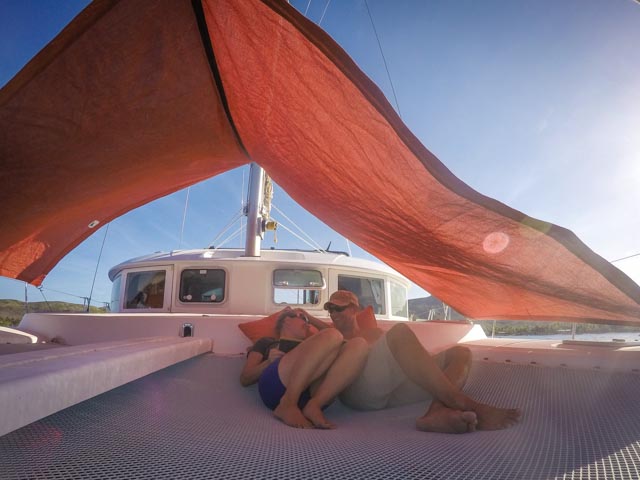
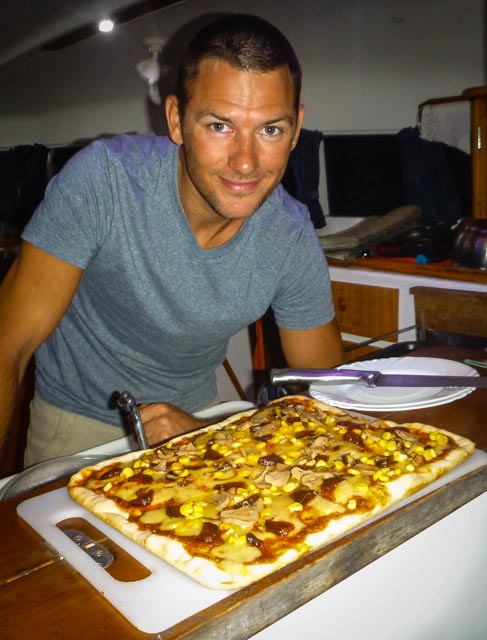
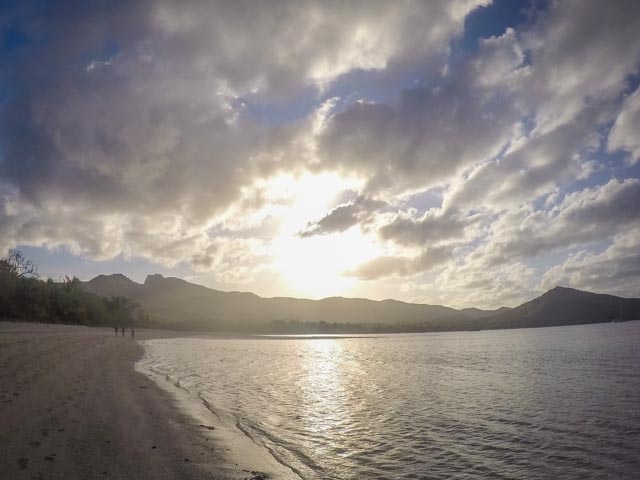
Moved to the northeast side of Somosomo Bay to hunt down a WWII airplane wreck reportedly sunk on the windward side of the island. I lost a week-long fight with the dinghy prop, which has now basically dissolved after plans A through G to repair it failed. It’s totally shredded. We hopped a ride to shore with Tallulah Ruby and found the winding single track path across island. It’s significantly drier here in Fiji than I expected, but that’s because the rain typically falls on the east side of the islands and we’re in the west.
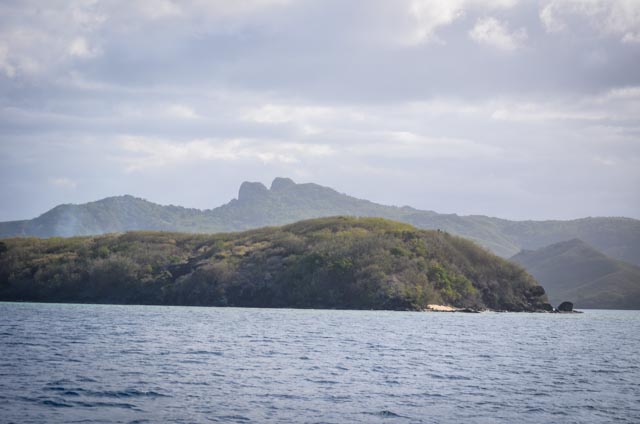
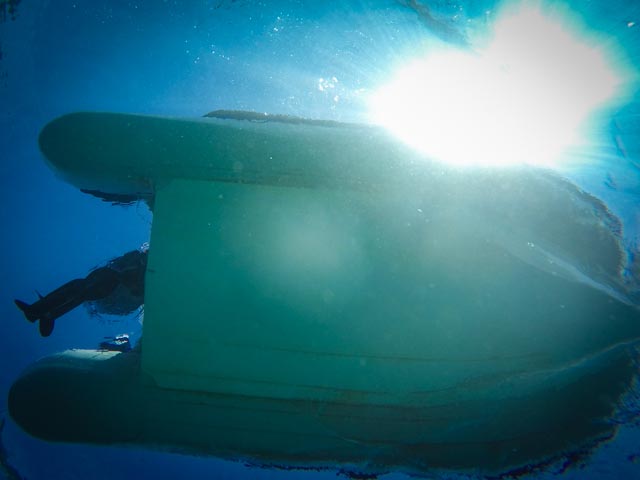
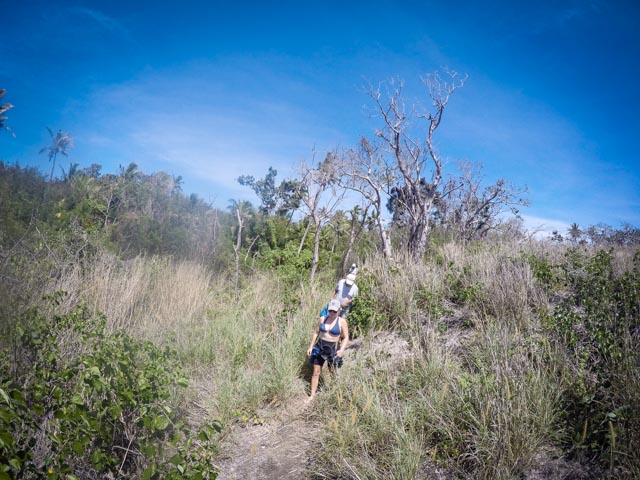
On the other side of the island a few deserted shacks and some propped up outboards stood quietly under the palms. With no real idea where to look for the airplane and several miles of open beach we hunted down a lone figure on the shore. The local guy showed us a buoy in the bay that marked the wreck, and we gave him a bag of rice, pasta, and fishing hooks. He seemed pleased by the trade.
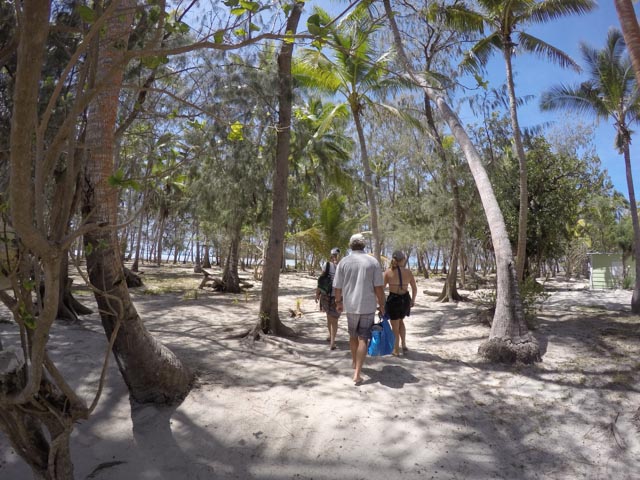
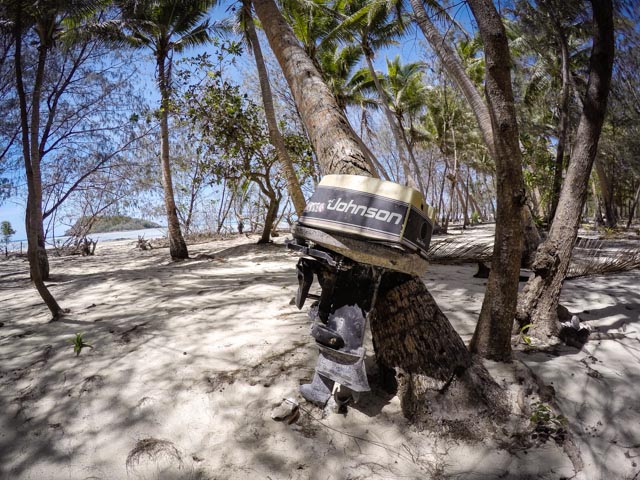
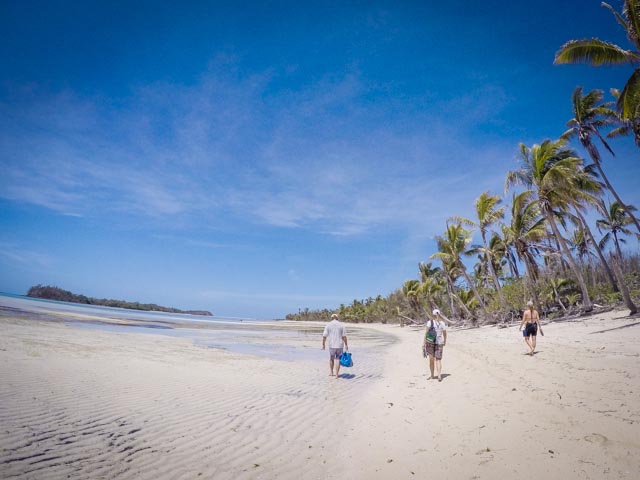
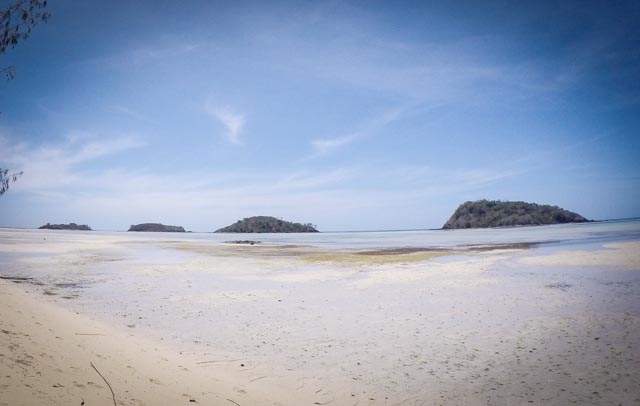
We walked back down the beach and snorkeled out to the buoy. In ten feet of water, a shredded airframe basked. Our friend on the beach didn’t know the history, and the plane was too torn up to show any sign of its origins. Anemones grew in the cockpit hole, and not too much was left to distinguish the wreckage as an airplane. Still it was a worthwhile hike and snorkel. We had another lovely bonfire on the beach and prepared to sail north the following day.
